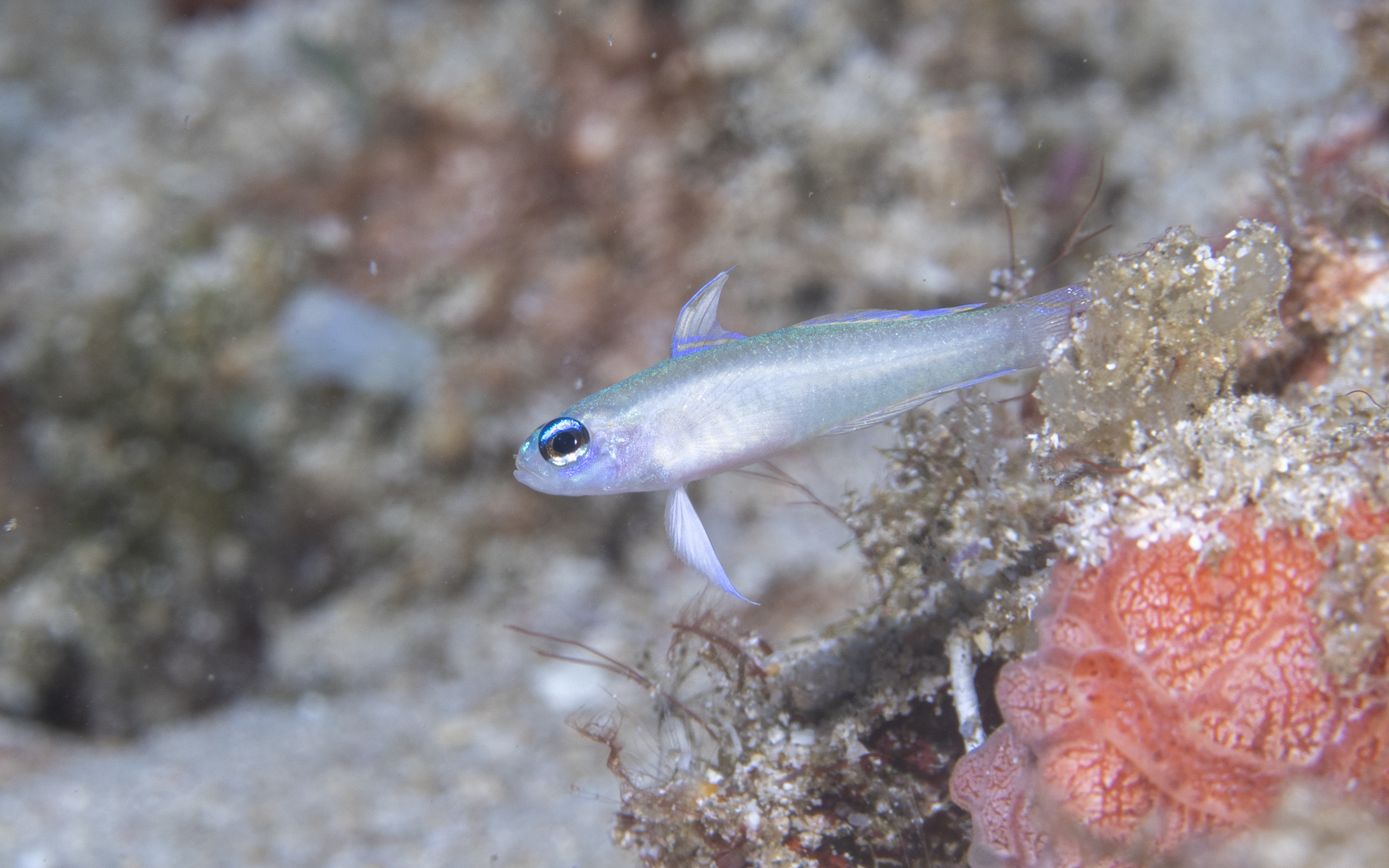Scientific Name: Tryssogobius sarahEnglish Name: Sarah’s fairygobyObserved in: Cebu, BaliObserved Water Depth: Observed Timing: Dec-22, Dec-23
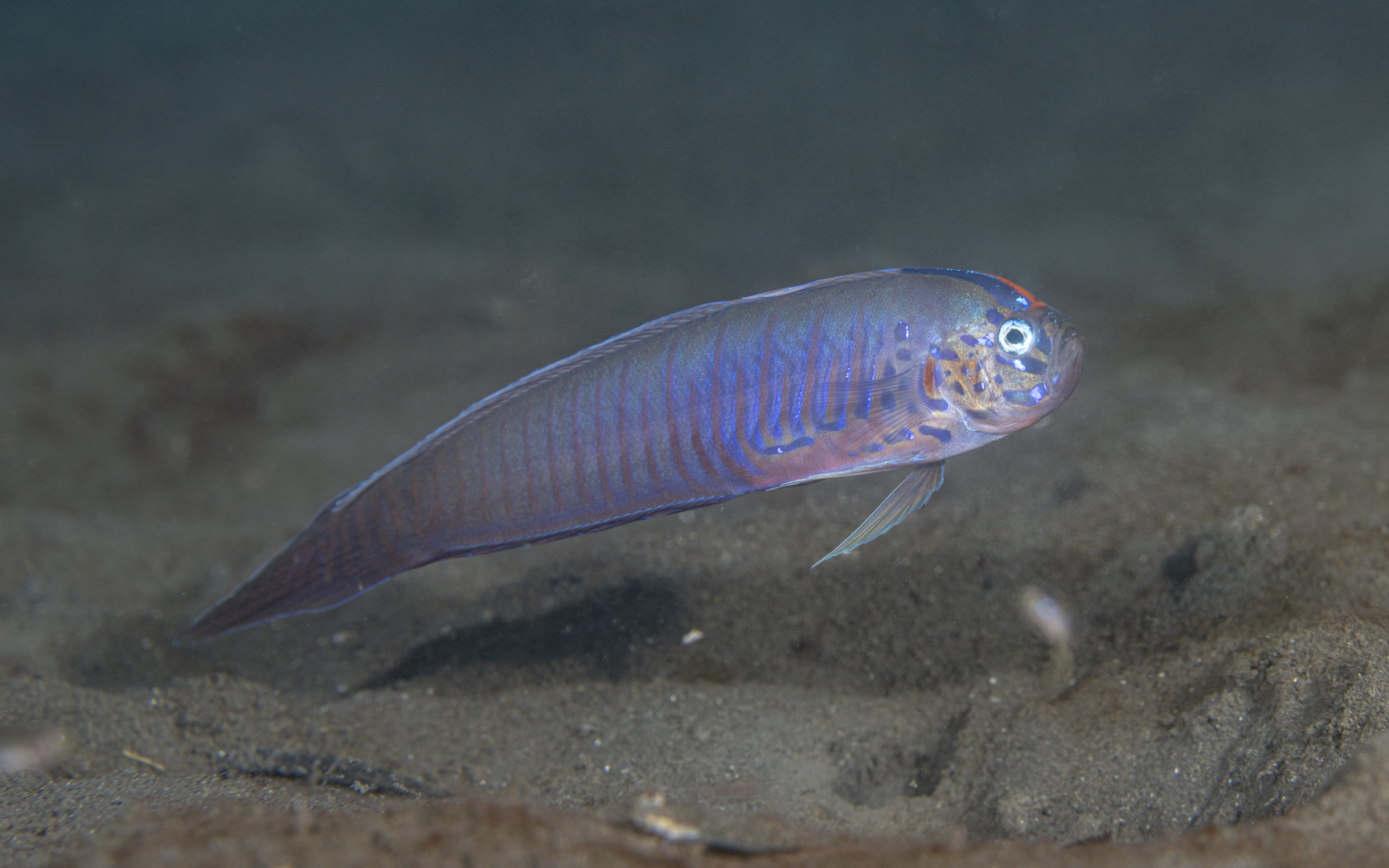
Oxymetopon cyanoctenosum
Scientific Name: Oxymetopon cyanoctenosumEnglish Name: Blue-barred ribbon gobyObserved in: Bali (PJ)Observed Water Depth: Observed Timing: Dec-23
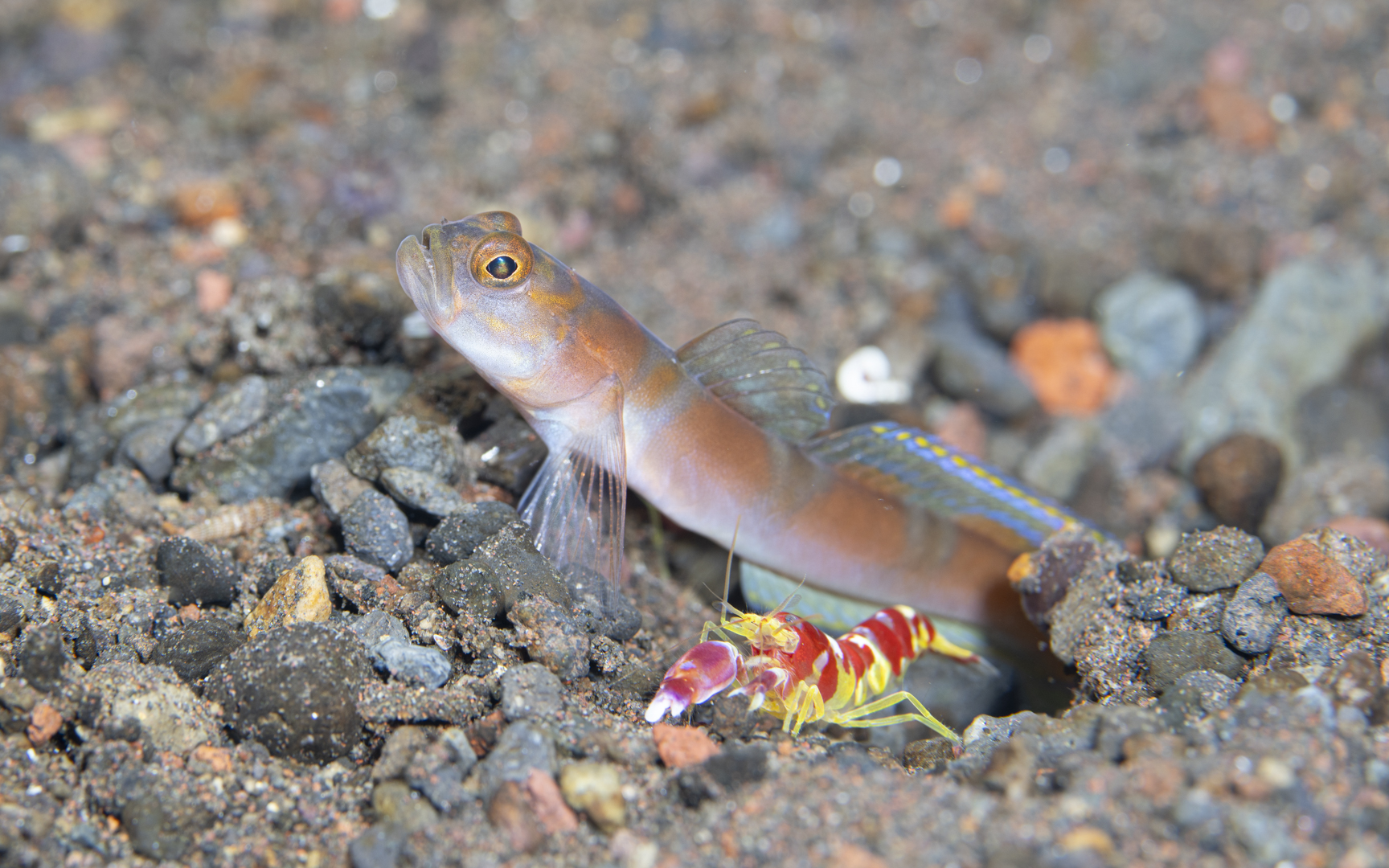
Amblyeleotris yanoi – ヤノダテハゼ
Scientific Name: Amblyeleotris yanoiEnglish Name: Flagtail ShrimpgobyObserved in: Bali (Tulamben), CebuObserved Water Depth: Observed Timing: Aug-22, Apr-23
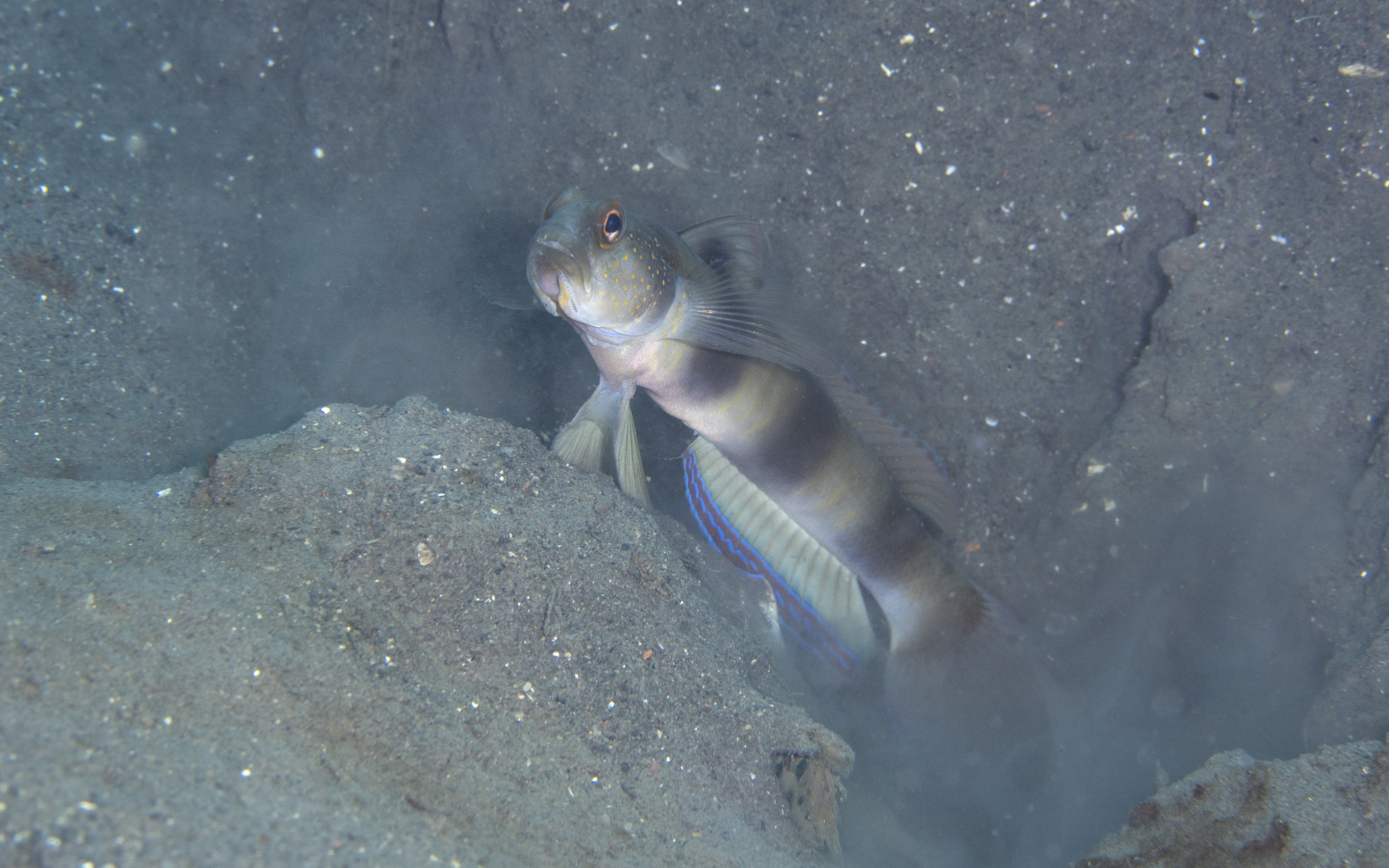
Amblyeleotris fontanesii – ニュウドウダテハゼ
Scientific Name: Amblyeleotris fontanesiiEnglish Name: Giant prawn-gobyObserved in: BaliObserved Water Depth: Observed Timing: Dec-23
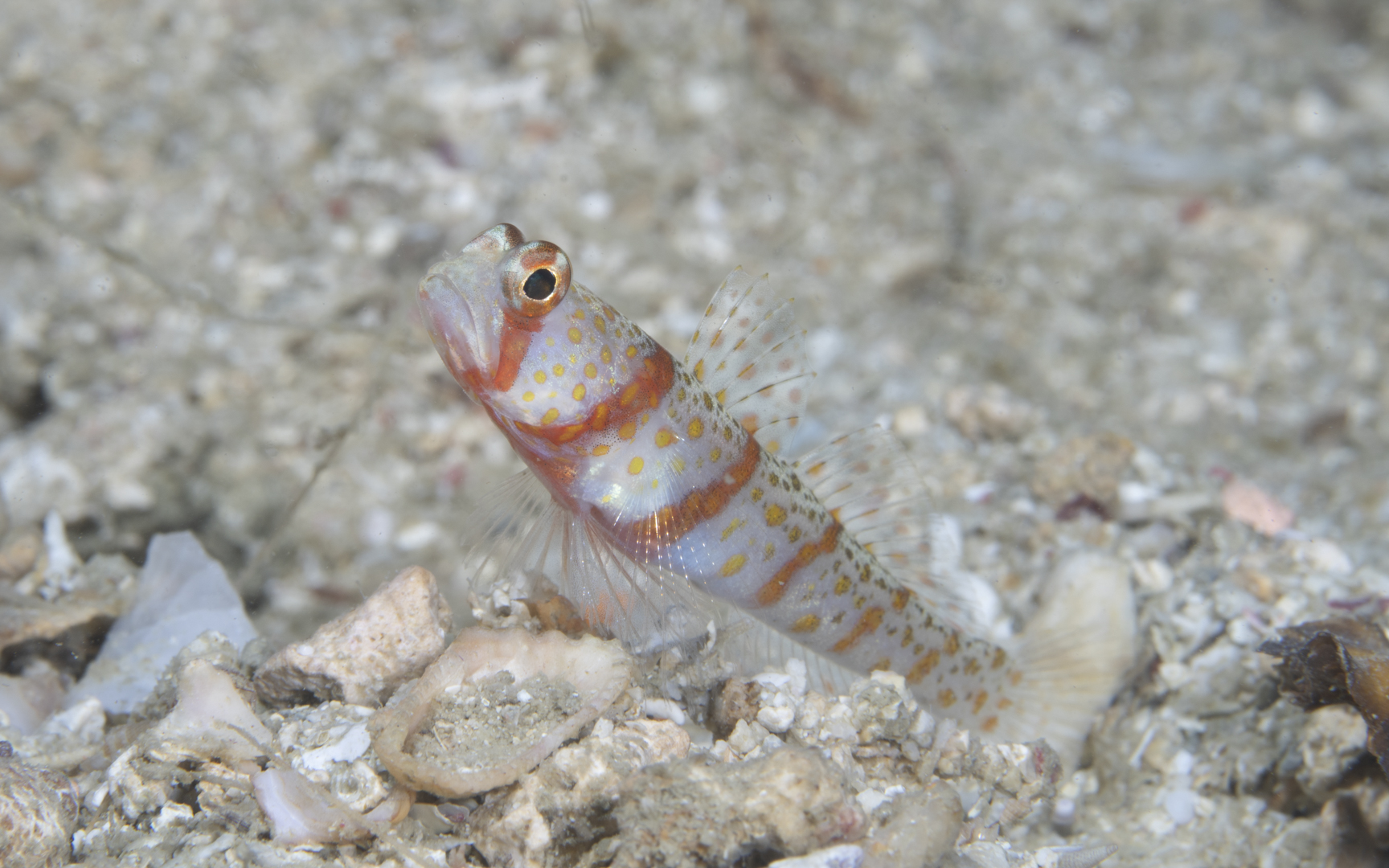
Amblyeleotris rhyax
Scientific Name: Amblyeleotris rhyaxEnglish Name: Volcano shrimpgobyObserved in: CebuObserved Water Depth: Observed Timing: Jan-23
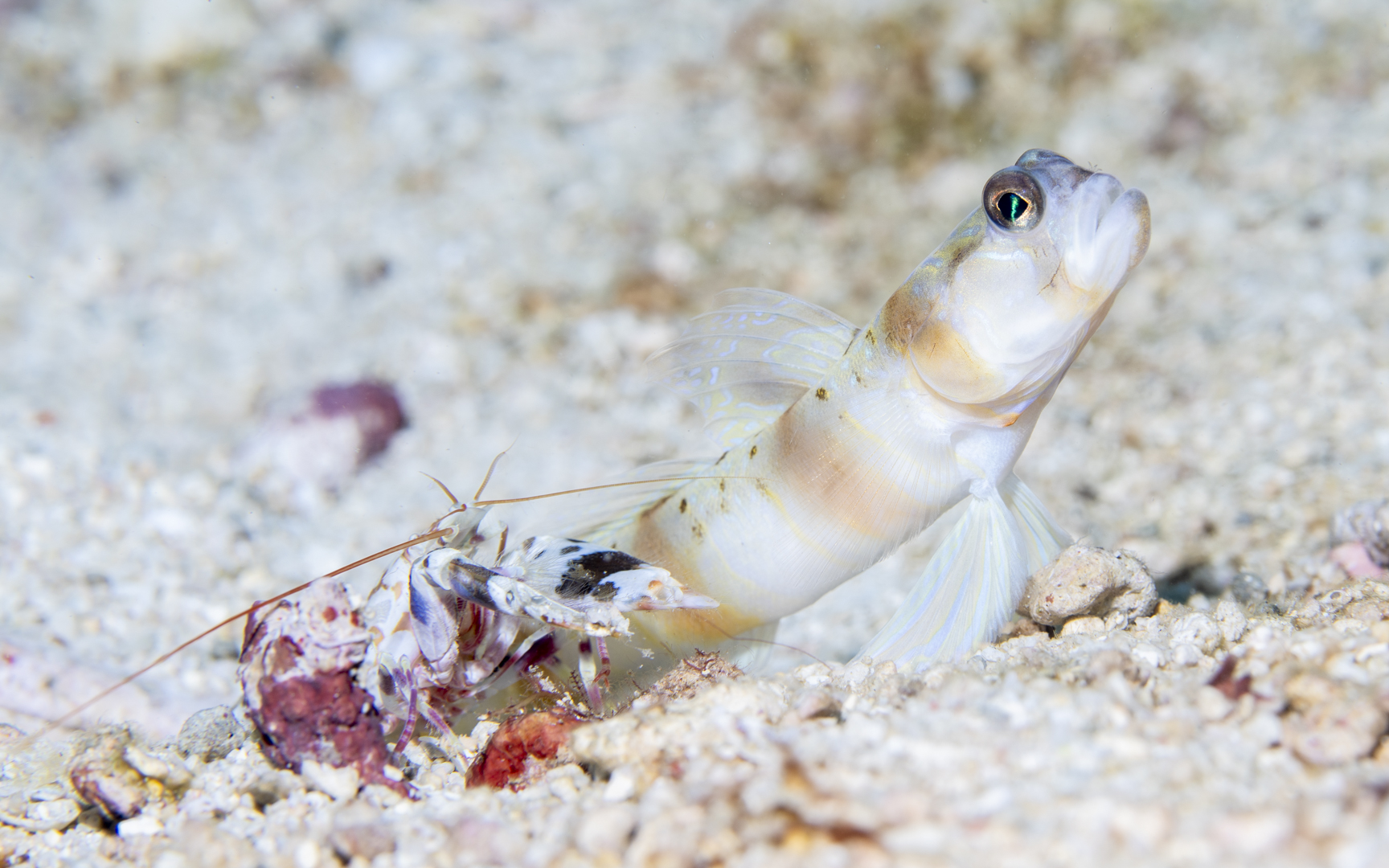
Amblyeleotris arcupinna
Scientific Name: Amblyeleotris arcupinnaEnglish Name: Arcfin shrimpgobyObserved in: BaliObserved Water Depth: Observed Timing: Dec-23
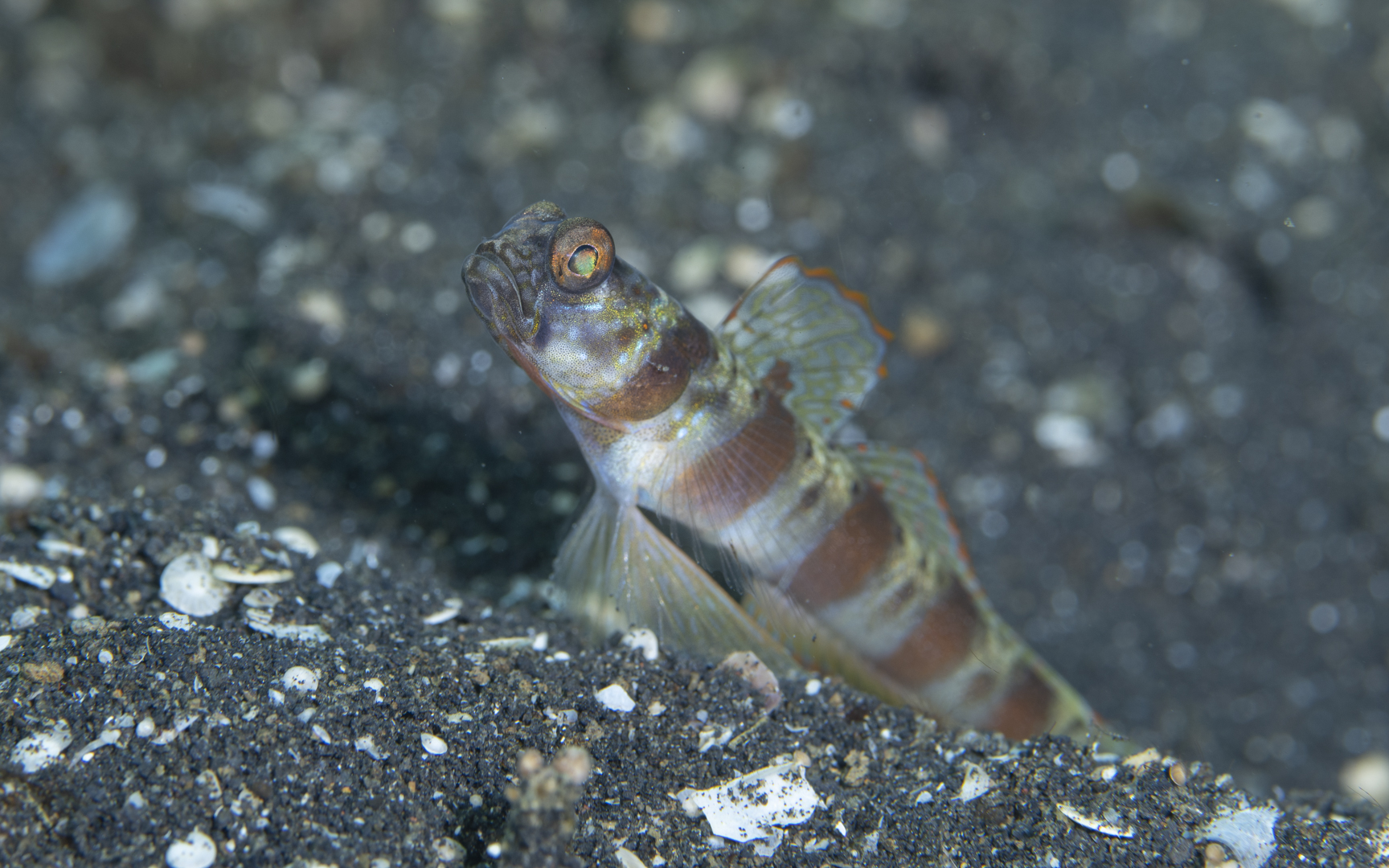
Amblyeleotris rubrimarginata
Scientific Name: Amblyeleotris rubrimarginataEnglish Name: Redmargin shrimpgobyObserved in: Cebu, Lembeh, AnilaoObserved Water Depth: Observed Timing: Aug-22, Nov-22, Dec-22
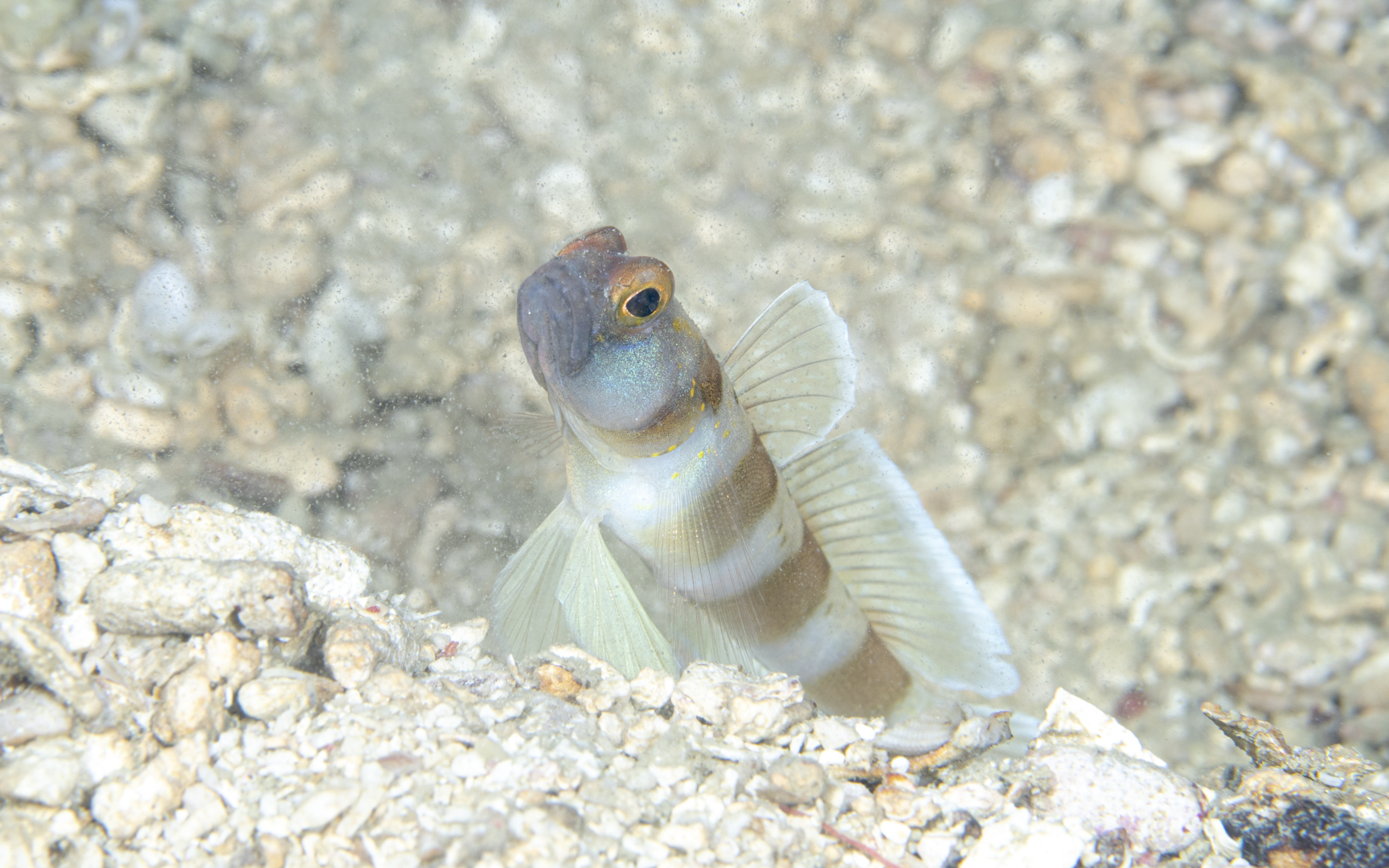
Amblyeleotris melanocephala – ズグロダテハゼ
Scientific Name: Amblyeleotris melanocephalaEnglish Name: Blackhead shrimpgobyObserved in: CebuObserved Water Depth: Observed Timing: Aug-23
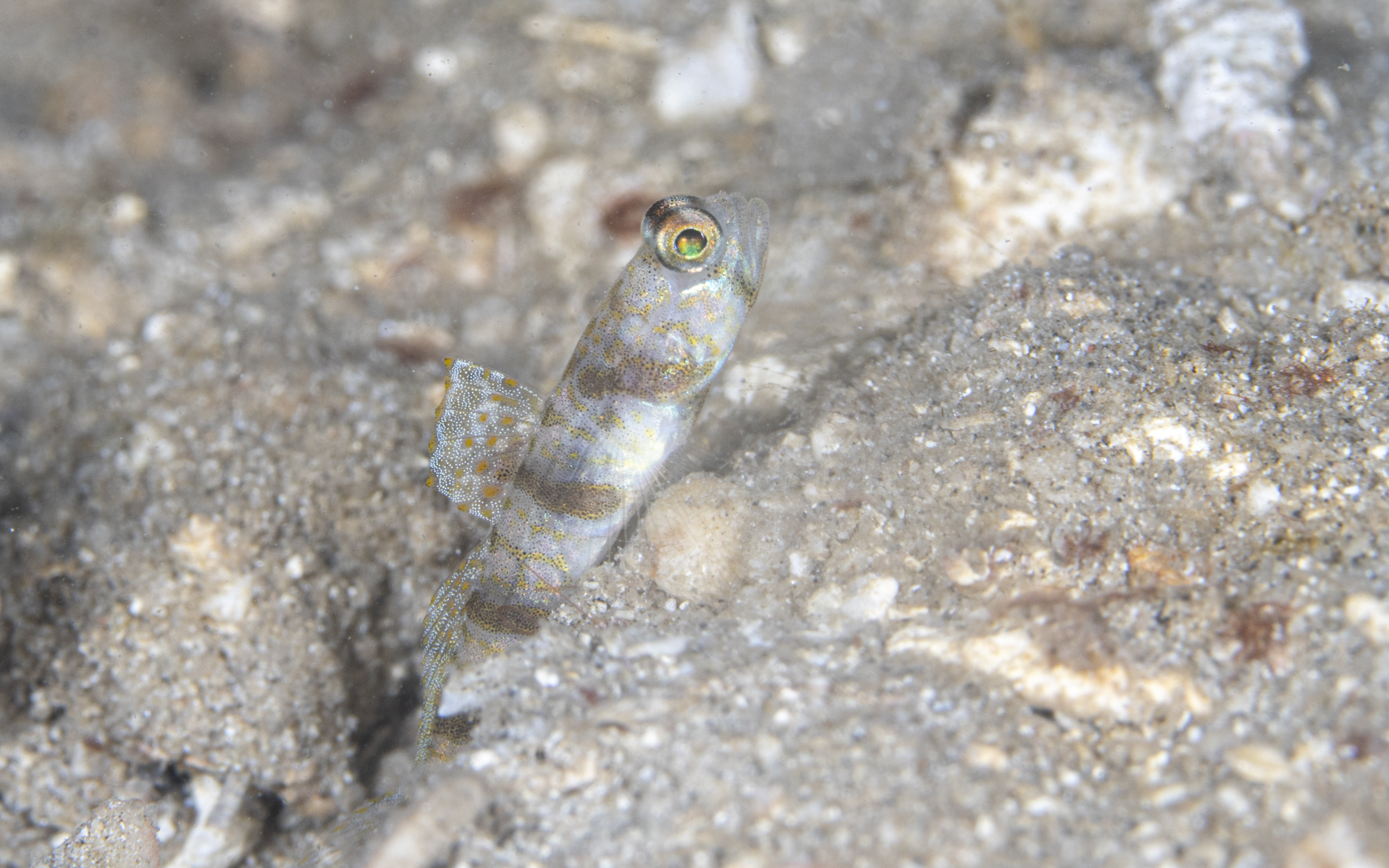
Amblyeleotris masuii – マスイダテハゼ
Scientific Name: Amblyeleotris masuiiEnglish Name: Masui’s ShrimpgobyObserved in: BaliObserved Water Depth: Observed Timing: Dec-23
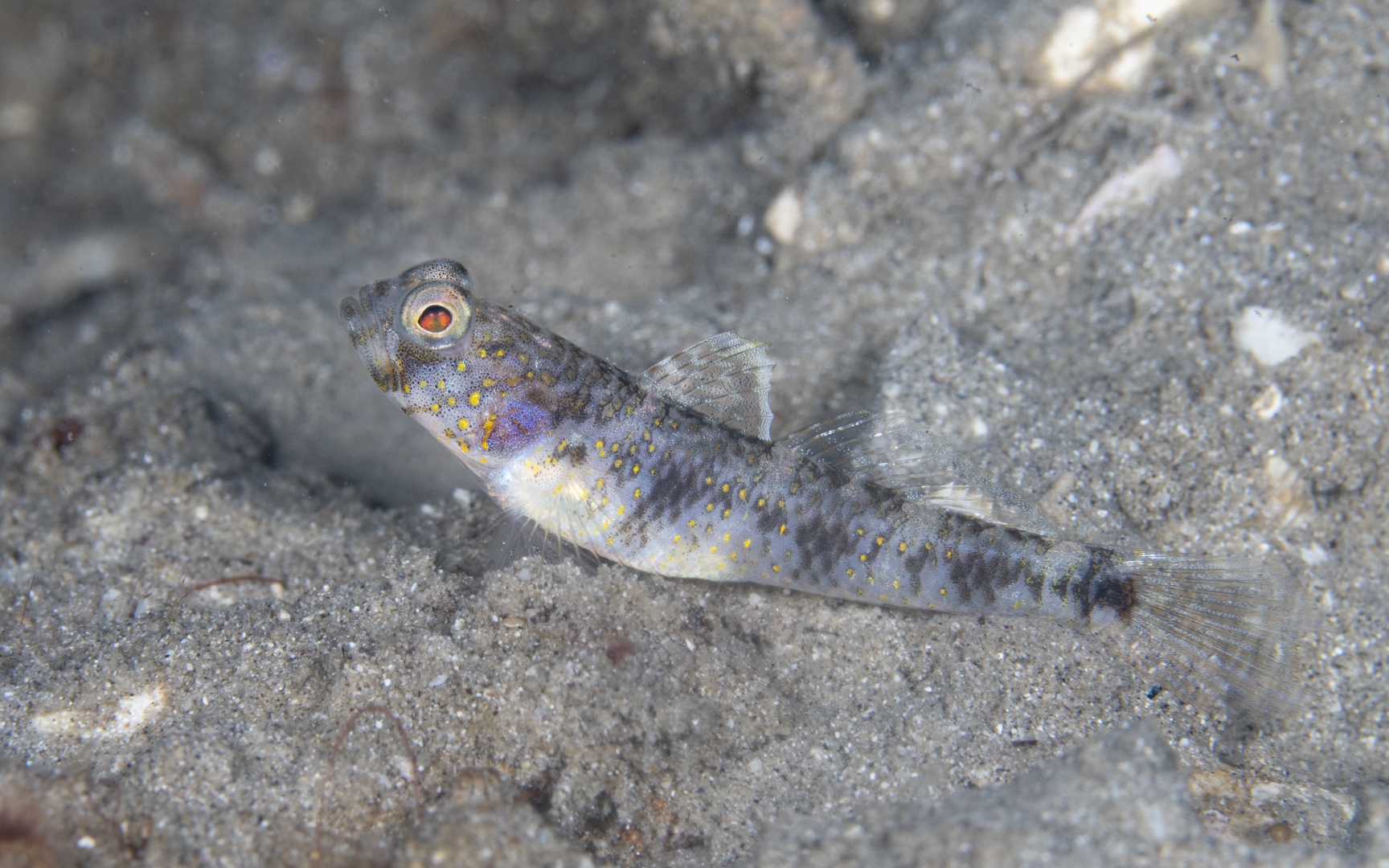
Vanderhorstia papilio – ヤノスソビキハゼ
Scientific Name: Vanderhorstia papilioEnglish Name: Butterfly shrimpgobyObserved in: BaliObserved Water Depth: Observed Timing: Dec-23
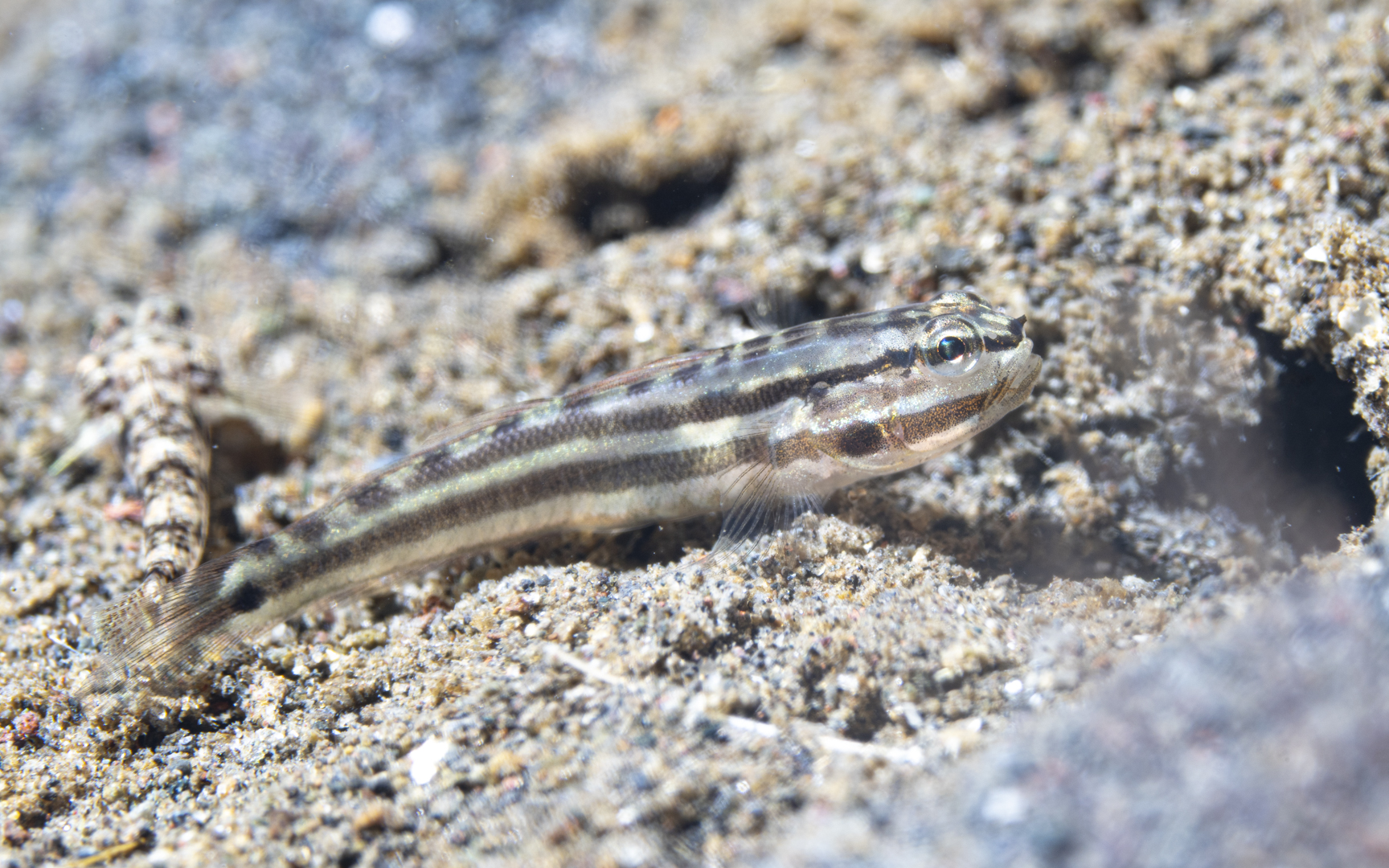
Amblygobius cheraphilus
Scientific Name: Amblygobius cheraphilusEnglish Name: CheekSpot Goby, East Indies siltgobyObserved in: Bali (PJ)Observed Water Depth: Observed Timing: Dec-23
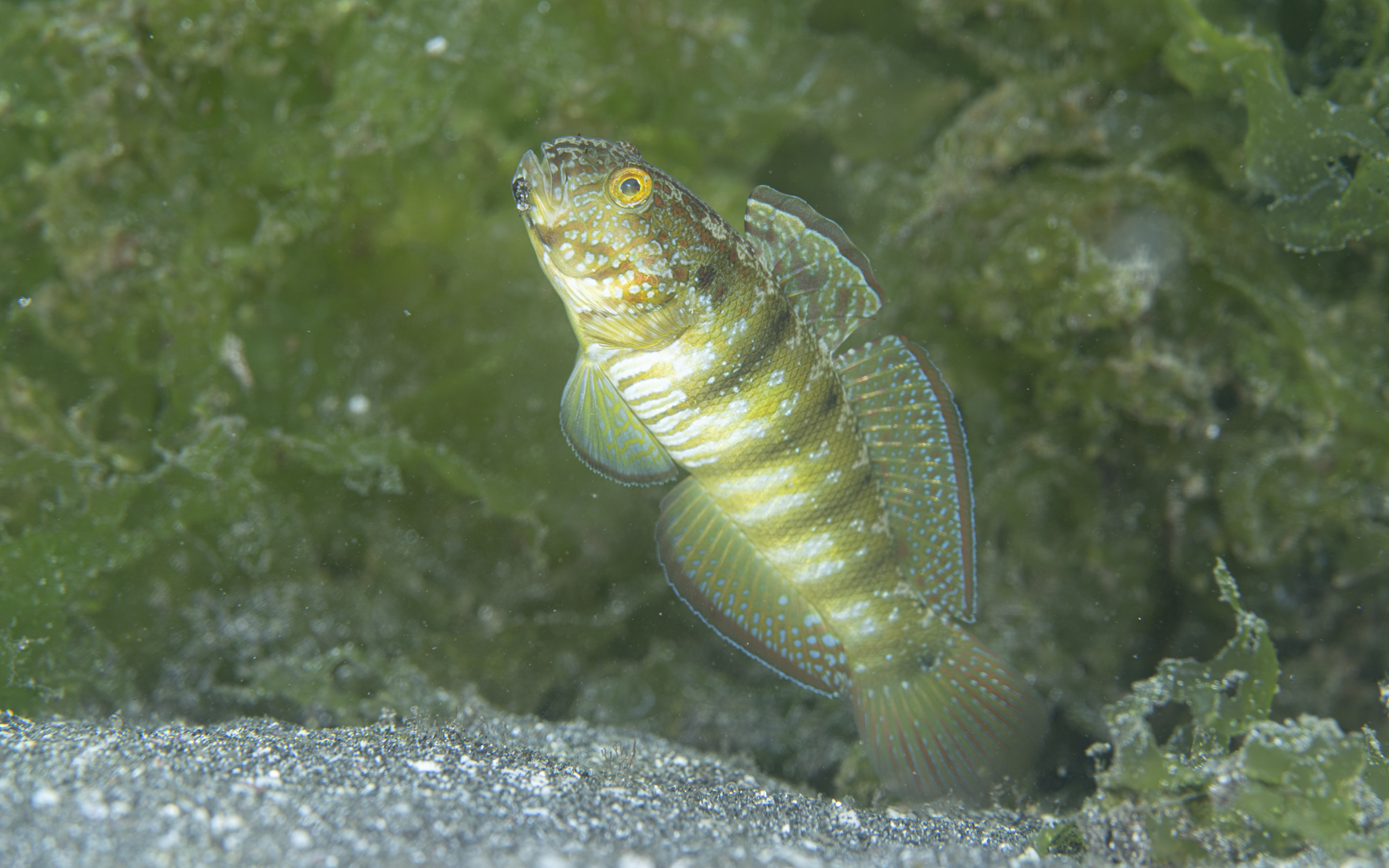
Amblygobius sphynx – スフィンクスサラサハゼ
Scientific Name: Amblygobius sphynxEnglish Name: Sphynx GobyObserved in: Cebu (Nalusuan), Lembeh (Jahir)Observed Water Depth: Observed Timing: Dec-22, Dec-23
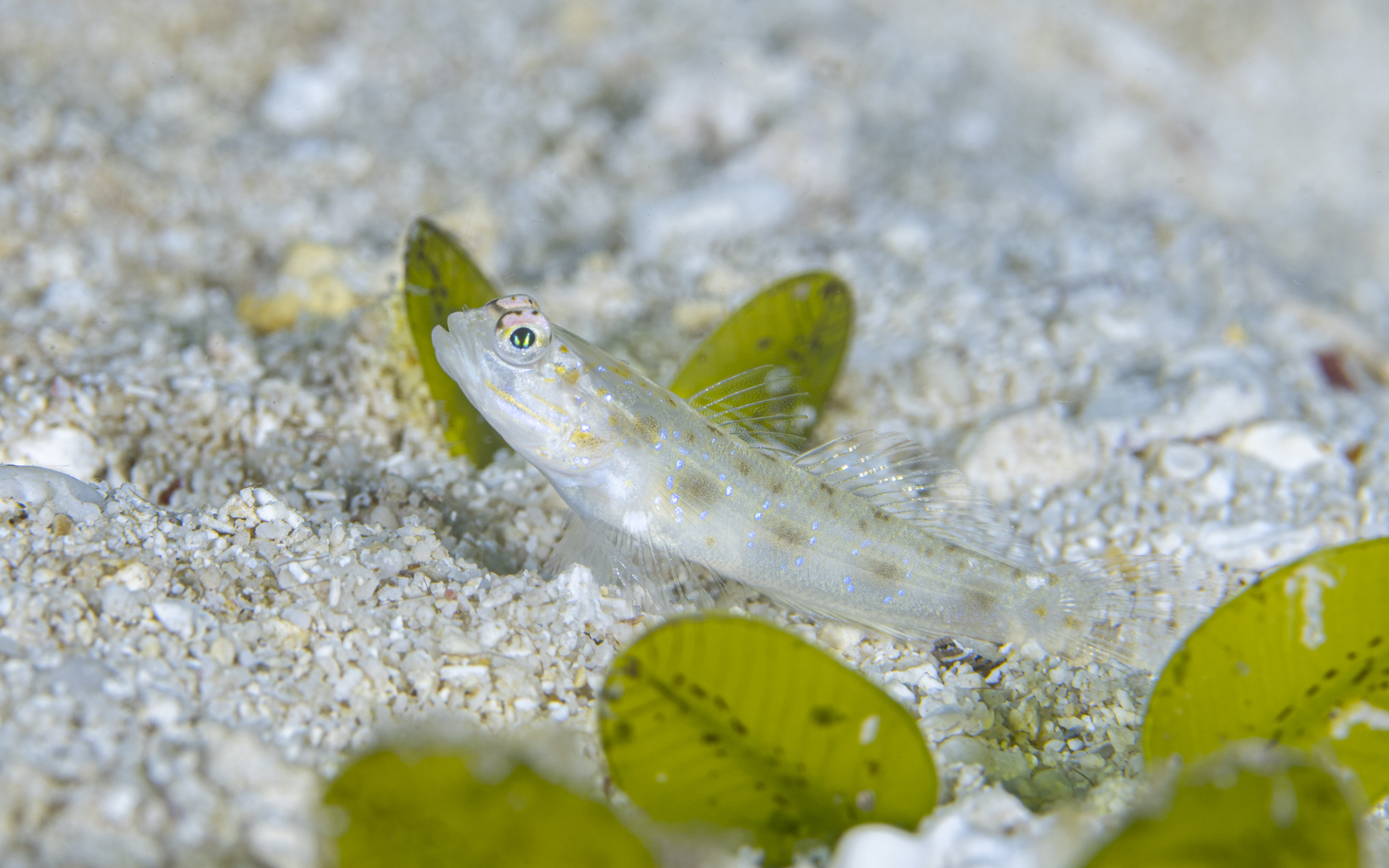
Ctenogobiops formosa – シノビハゼ属の1種
Scientific Name: Ctenogobiops formosaEnglish Name: –Observed in: CebuObserved Water Depth: Observed Timing: Nov-24
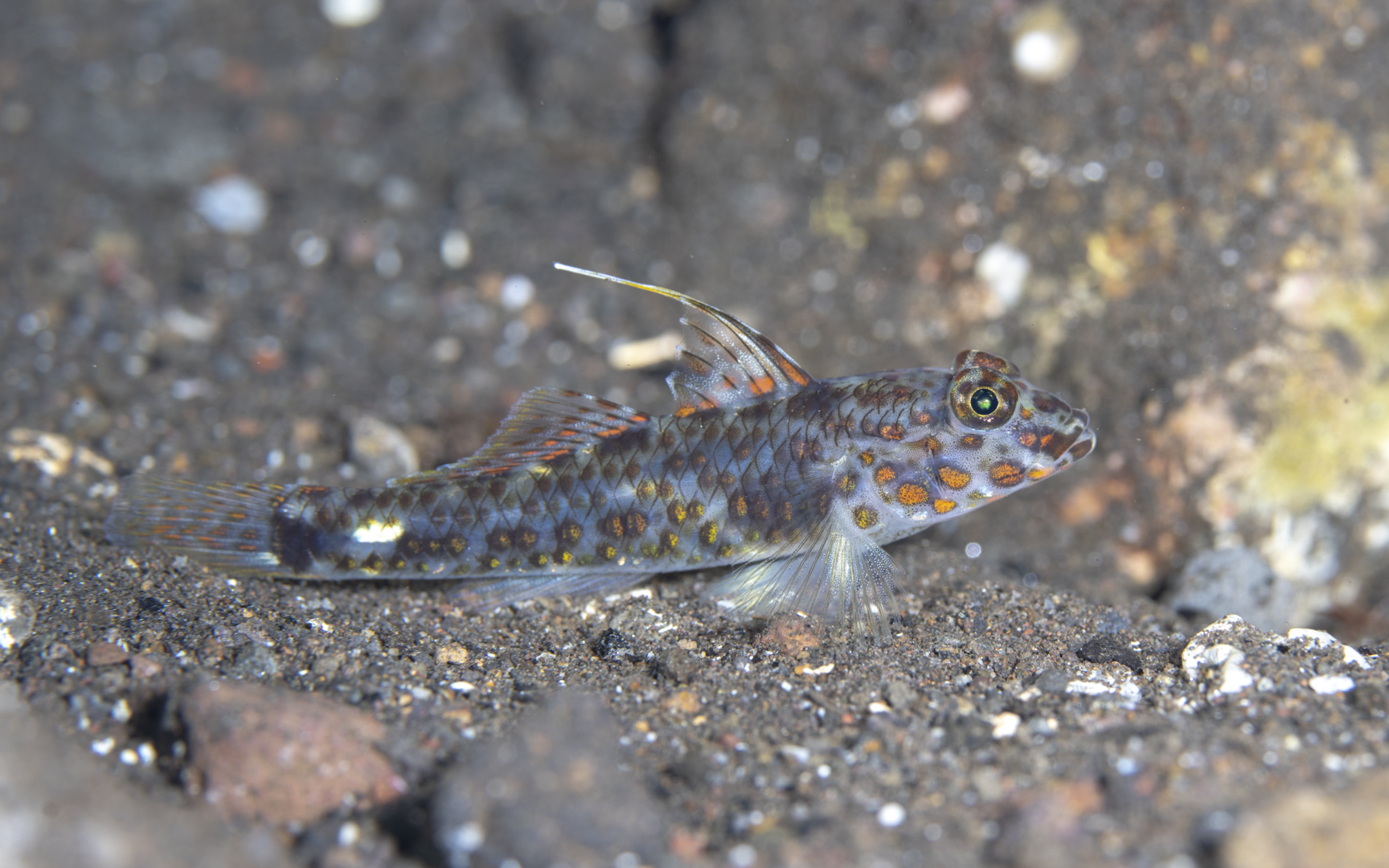
Fusigobius inframaculatus – ハタタテサンカクハゼ
Scientific Name: Fusigobius inframaculatusEnglish Name: Inner-spotted SandgobyObserved in: Anilao, KomodoObserved Water Depth: Observed Timing:
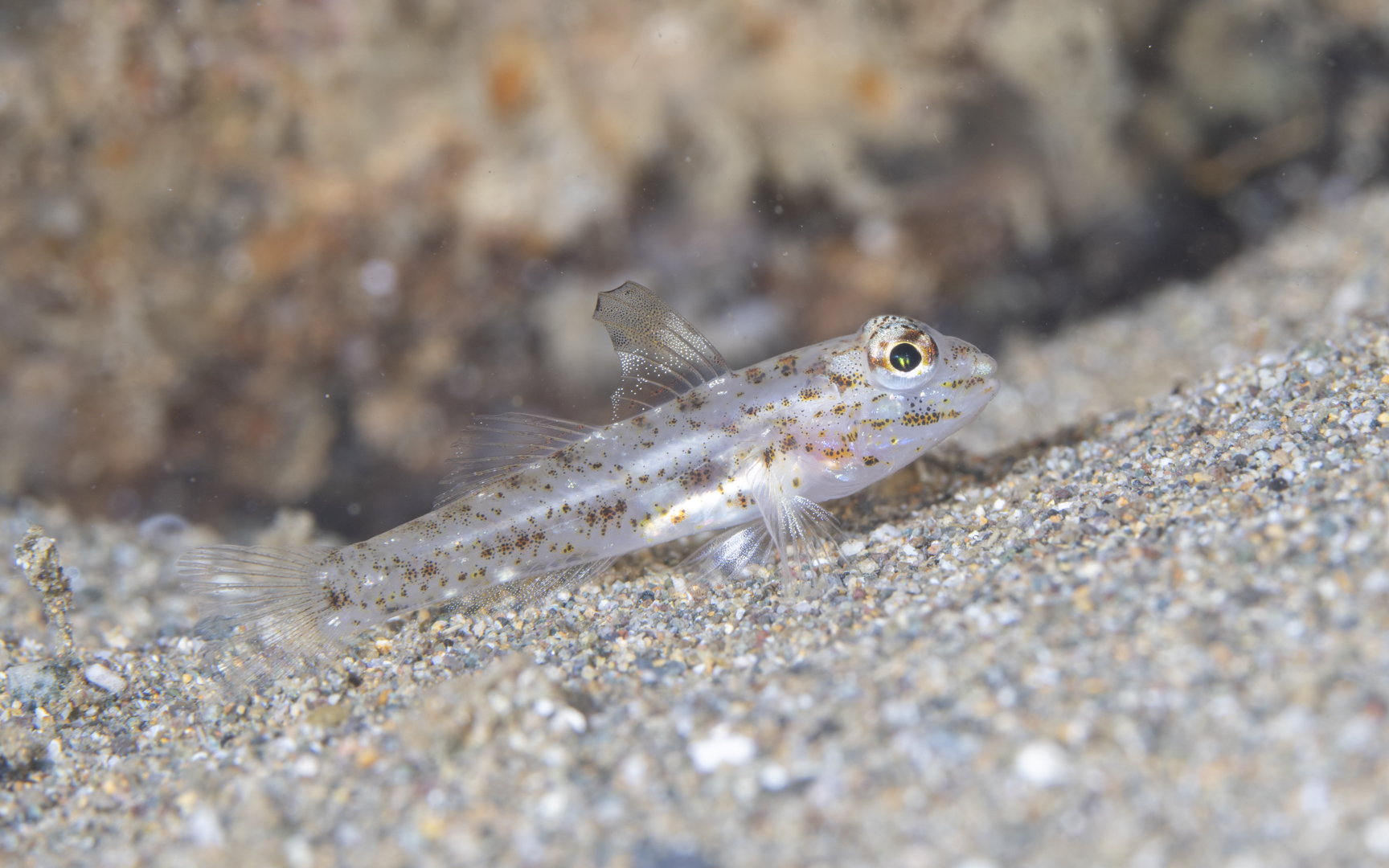
Fusigobius melacron – ツマグロサンカクハゼ
Scientific Name: Fusigobius melacronEnglish Name: Black-tip SandgobyObserved in: Observed Water Depth: Observed Timing:
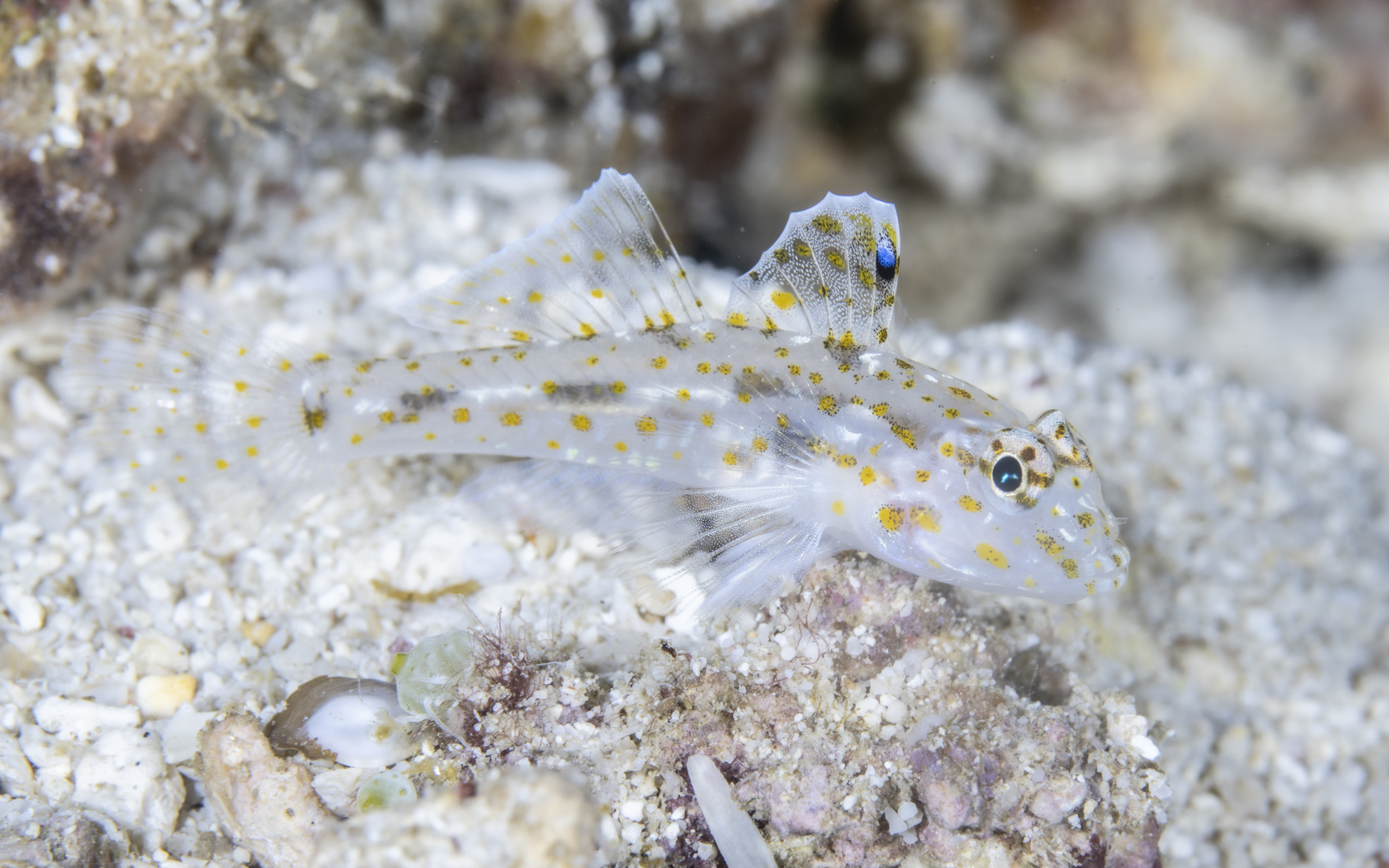
Fusigobius pallidus – カペラサンカクハゼ
Scientific Name: Fusigobius pallidusEnglish Name: Pale SandgobyObserved in: CebuObserved Water Depth: Observed Timing: Nov-24
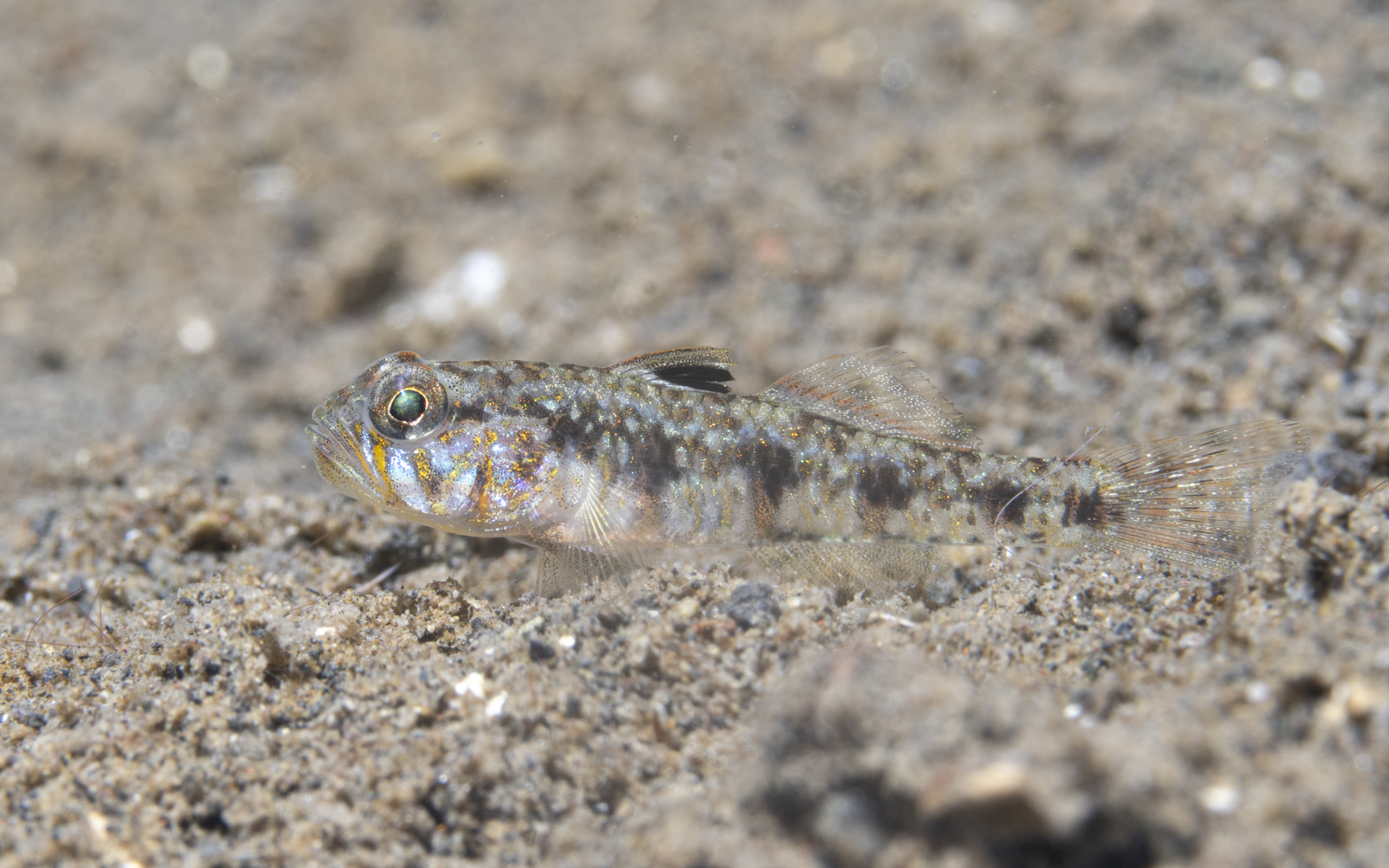
Gobiidae sp. – ハゼ科の1種
Scientific Name: Gobiidae sp.English Name: –Observed in: Observed Water Depth: Observed Timing:
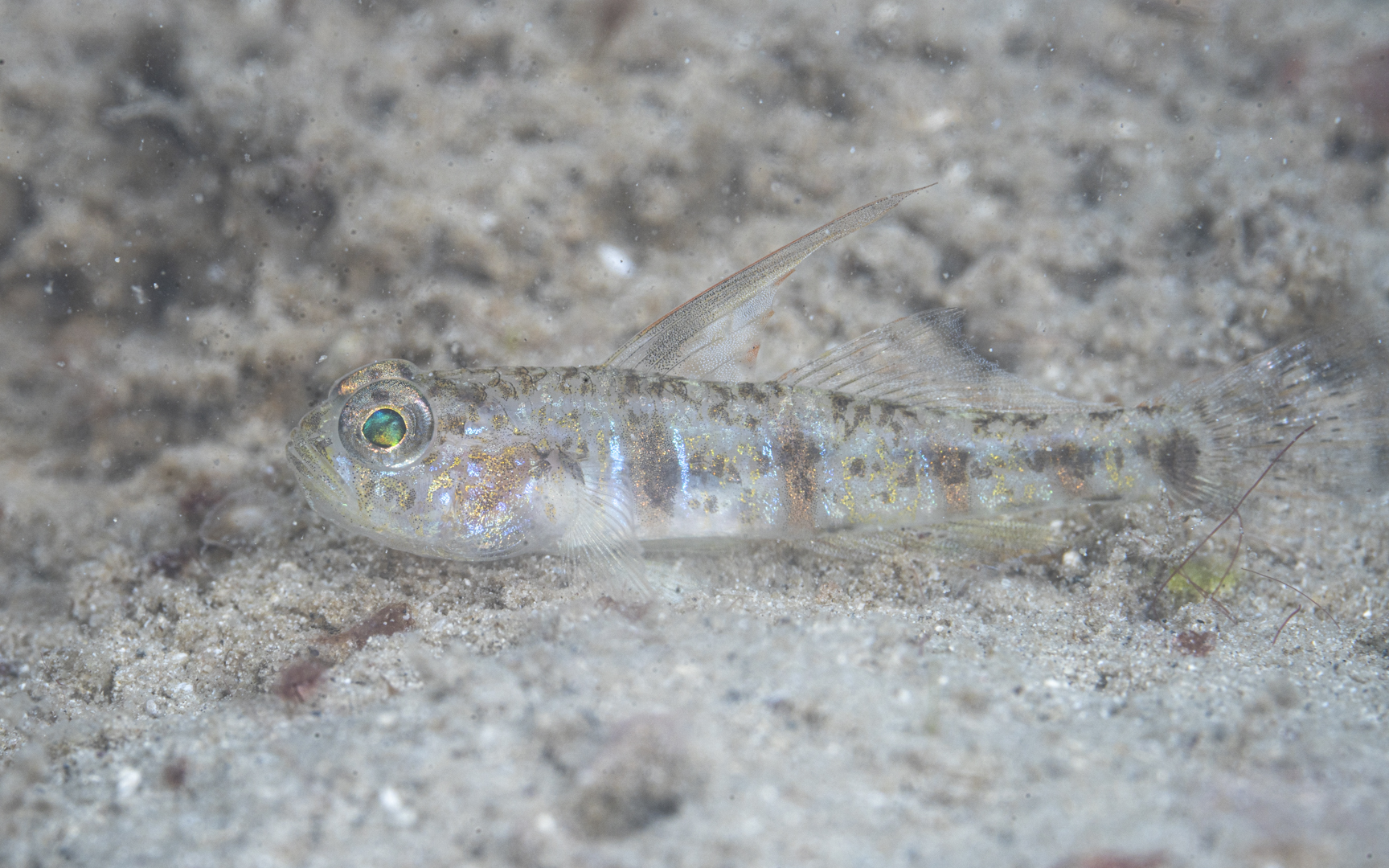
Gobiidae sp. – ハゼ科の1種-12
Scientific Name: Gobiidae sp.English Name: Observed in: BaliObserved Water Depth: Observed Timing: 俗にいうピンコハゼ。第一背鰭が長く立派です。正式な分類をしてほしいです。
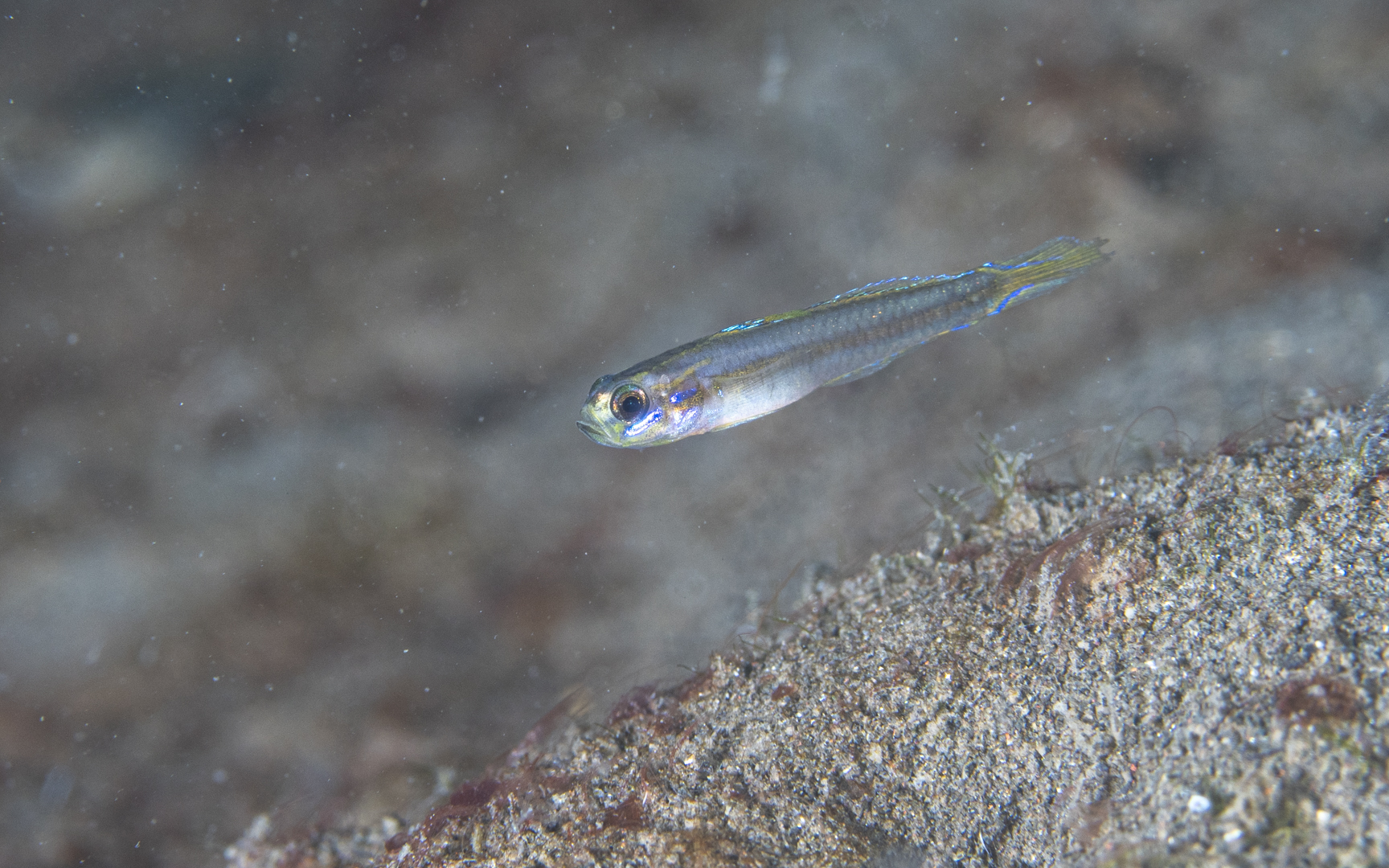
Vanderhorstia sp. – ヤツシハゼ属の1種
Scientific Name: Vanderhorstia sp.English Name: –Observed in: Bali (PJ)Observed Water Depth: Observed Timing:
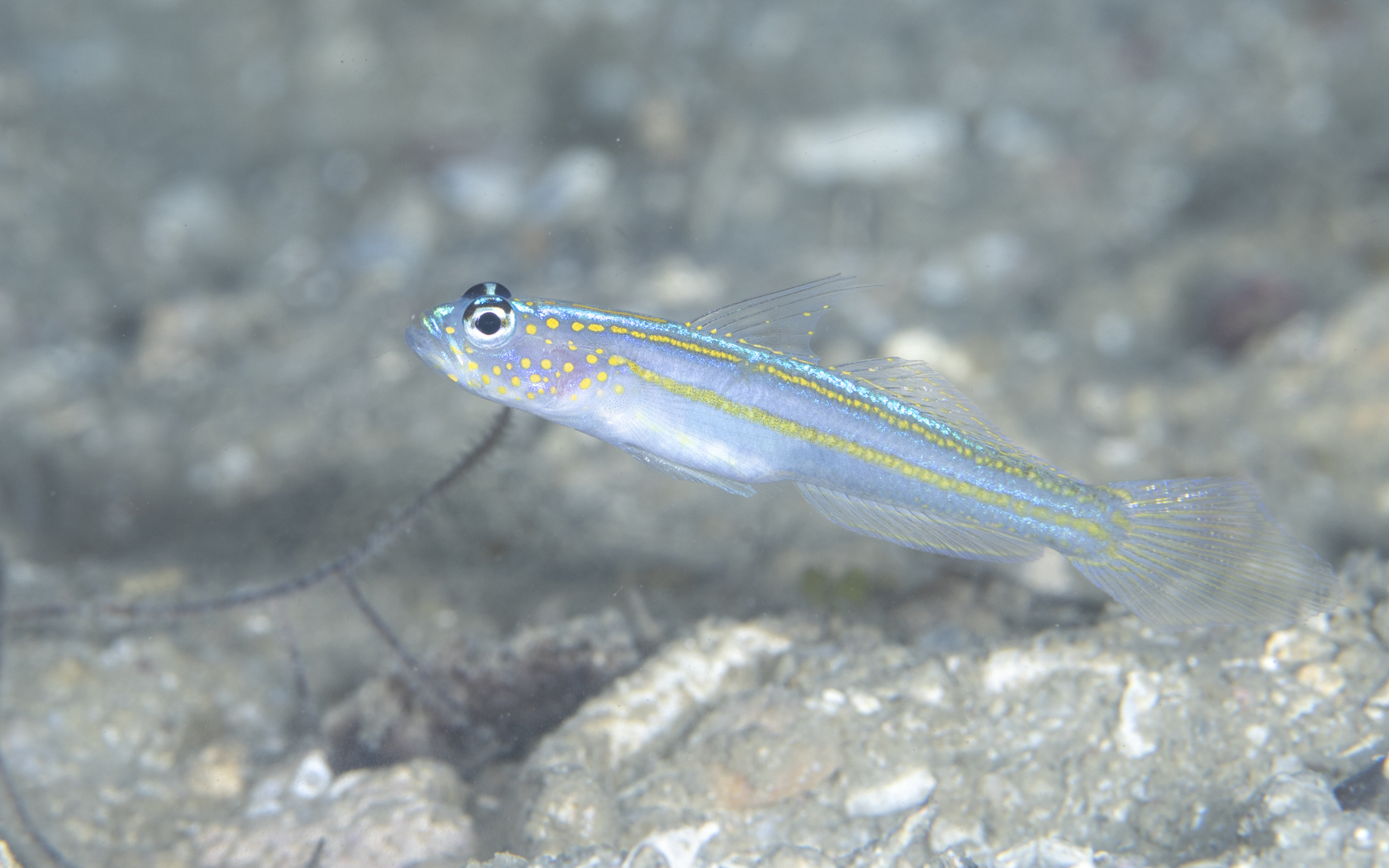
Vanderhorstia flavilineata
Scientific Name: Vanderhorstia flavilineataEnglish Name: Yellow-lined shrimpgobyObserved in: CebuObserved Water Depth: Observed Timing: Aug-22, Nov-24
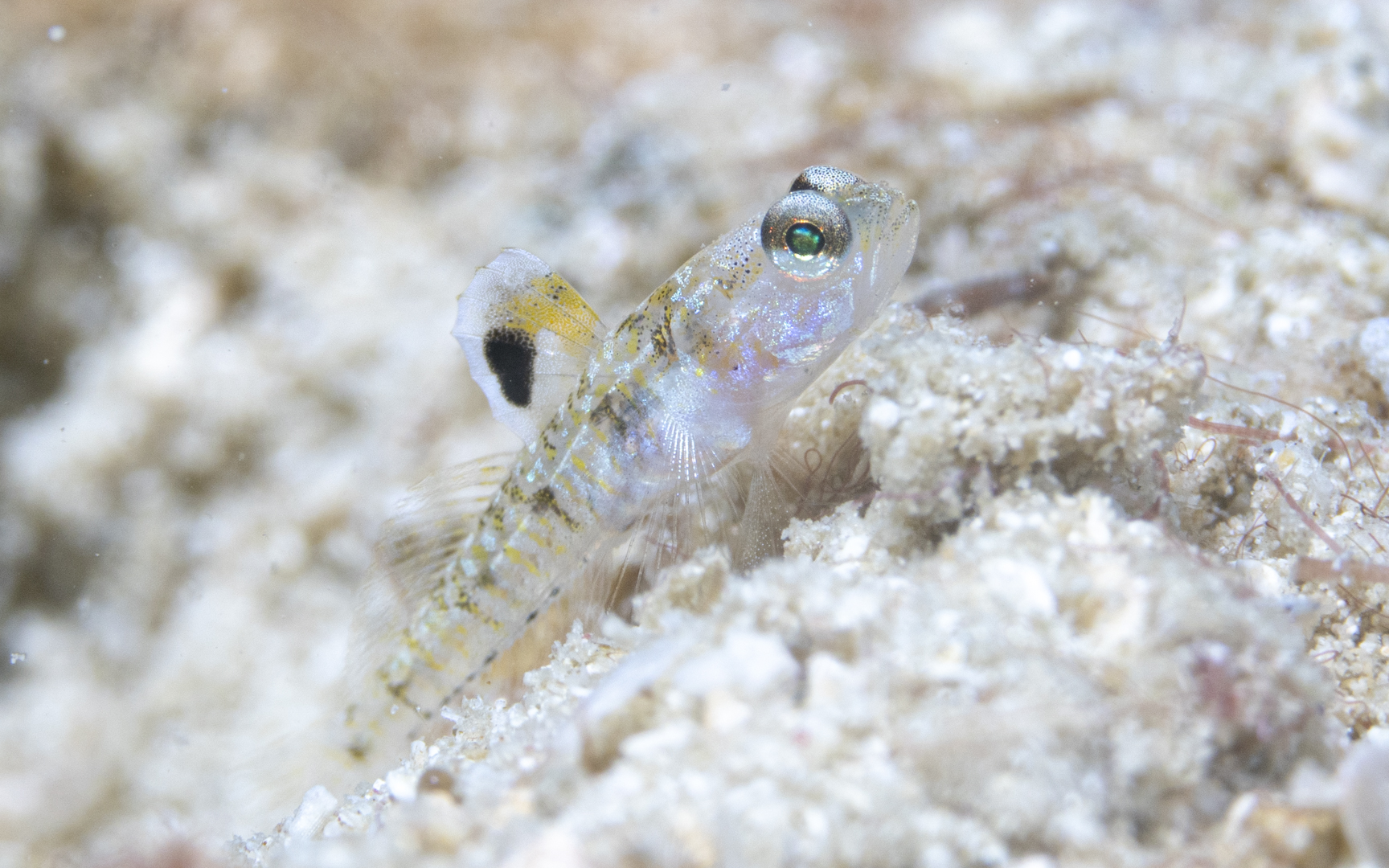
Vanderhorstia dorsomacula – スパングルドシュリンプゴビー
Scientific Name: Vanderhorstia dorsomaculaEnglish Name: Spangled shrimpgobyObserved in: Cebu, Lembeh (Air Bajo 3)Observed Water Depth: Observed Timing: Nov-22, Nov-24
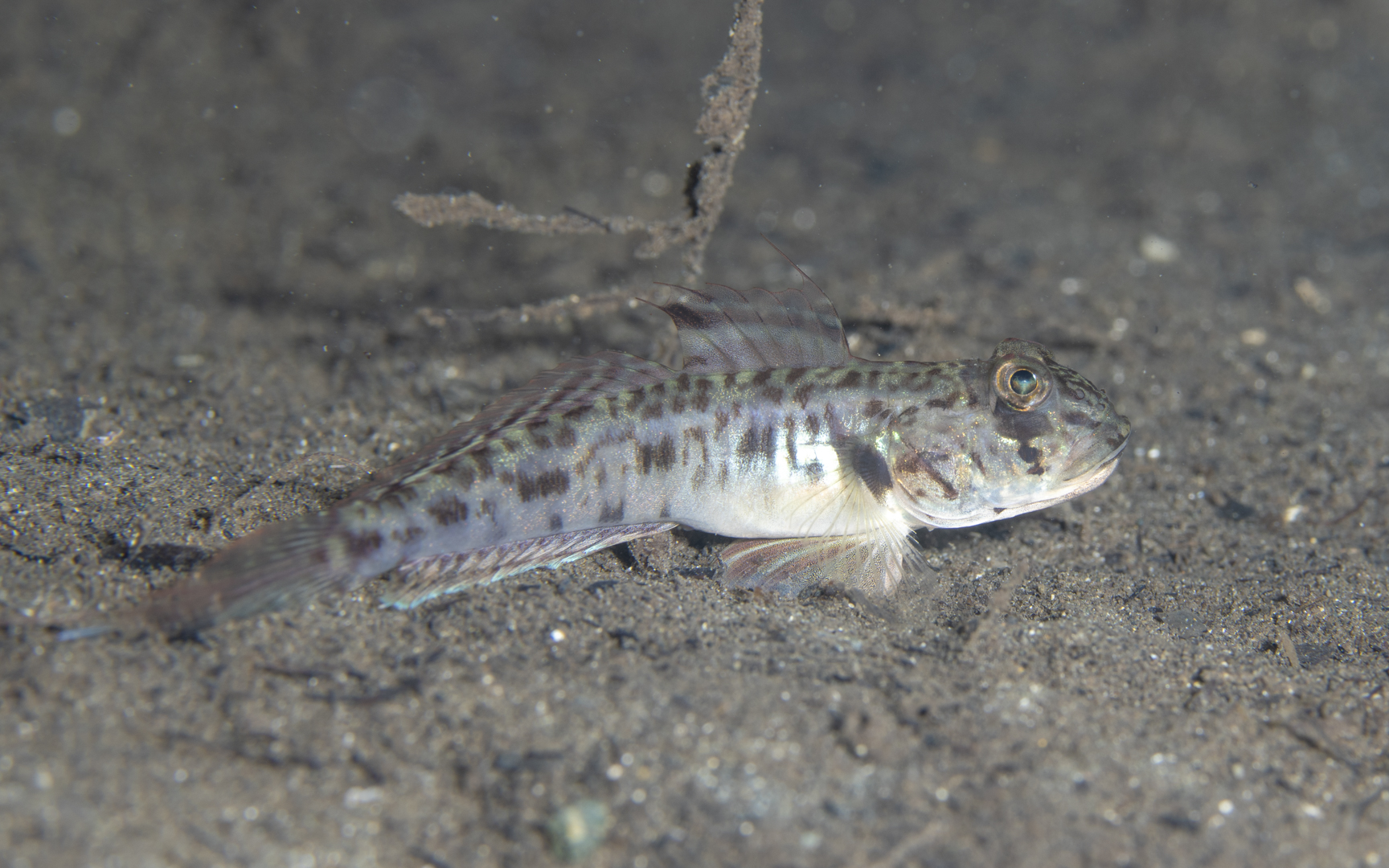
Oxyurichthys lonchotus – ミナミサルハゼ
Scientific Name: Oxyurichthys lonchotusEnglish Name: Speartail mudgobyObserved in: IshigakiObserved Water Depth: Observed Timing: Dec-22, Dec-23
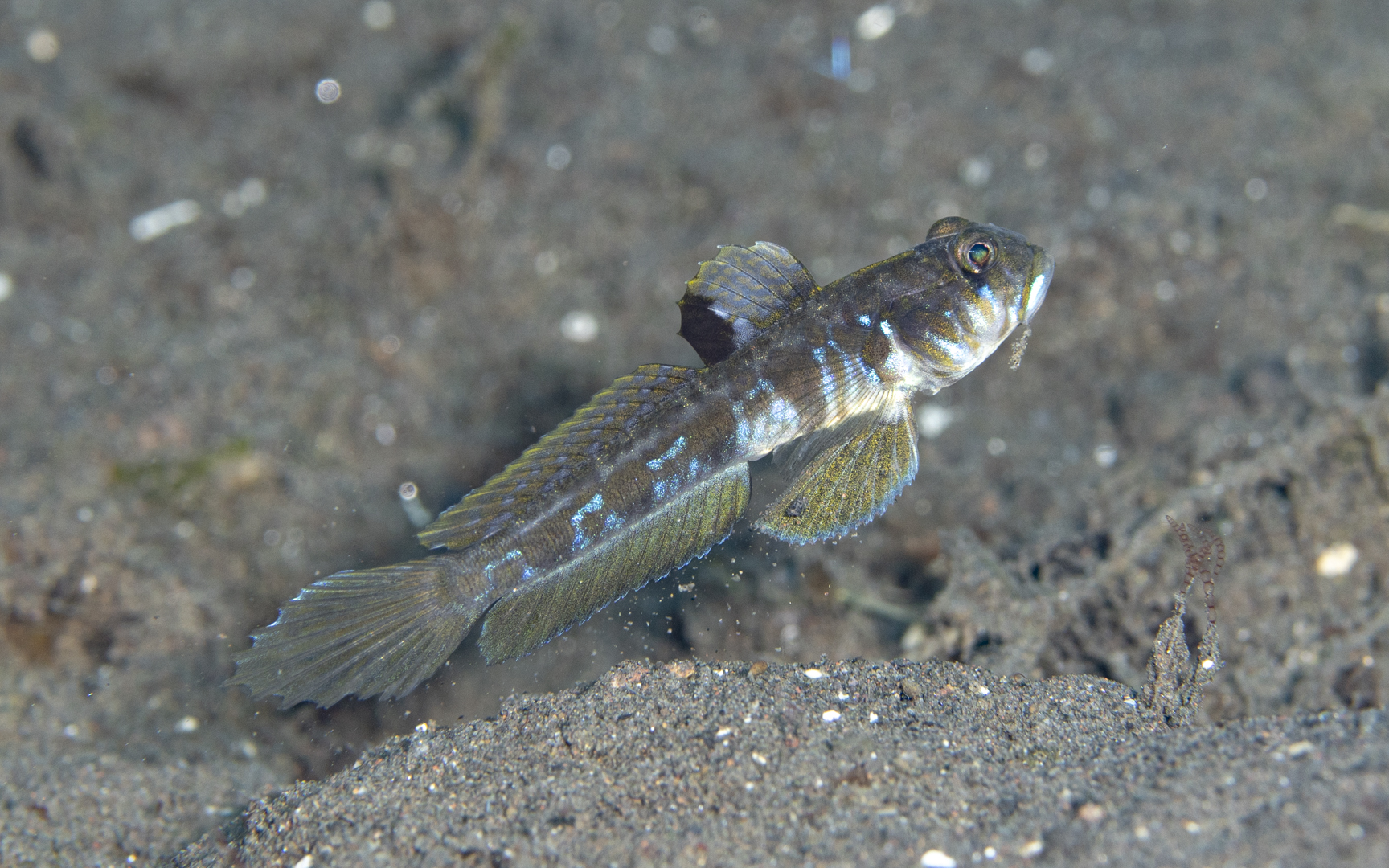
Oxyurichthys zeta – ゼータサルハゼ
Scientific Name: Oxyurichthys zetaEnglish Name: –Observed in: Tikno Reef, KomodoObserved Water Depth: Observed Timing: Jul-23
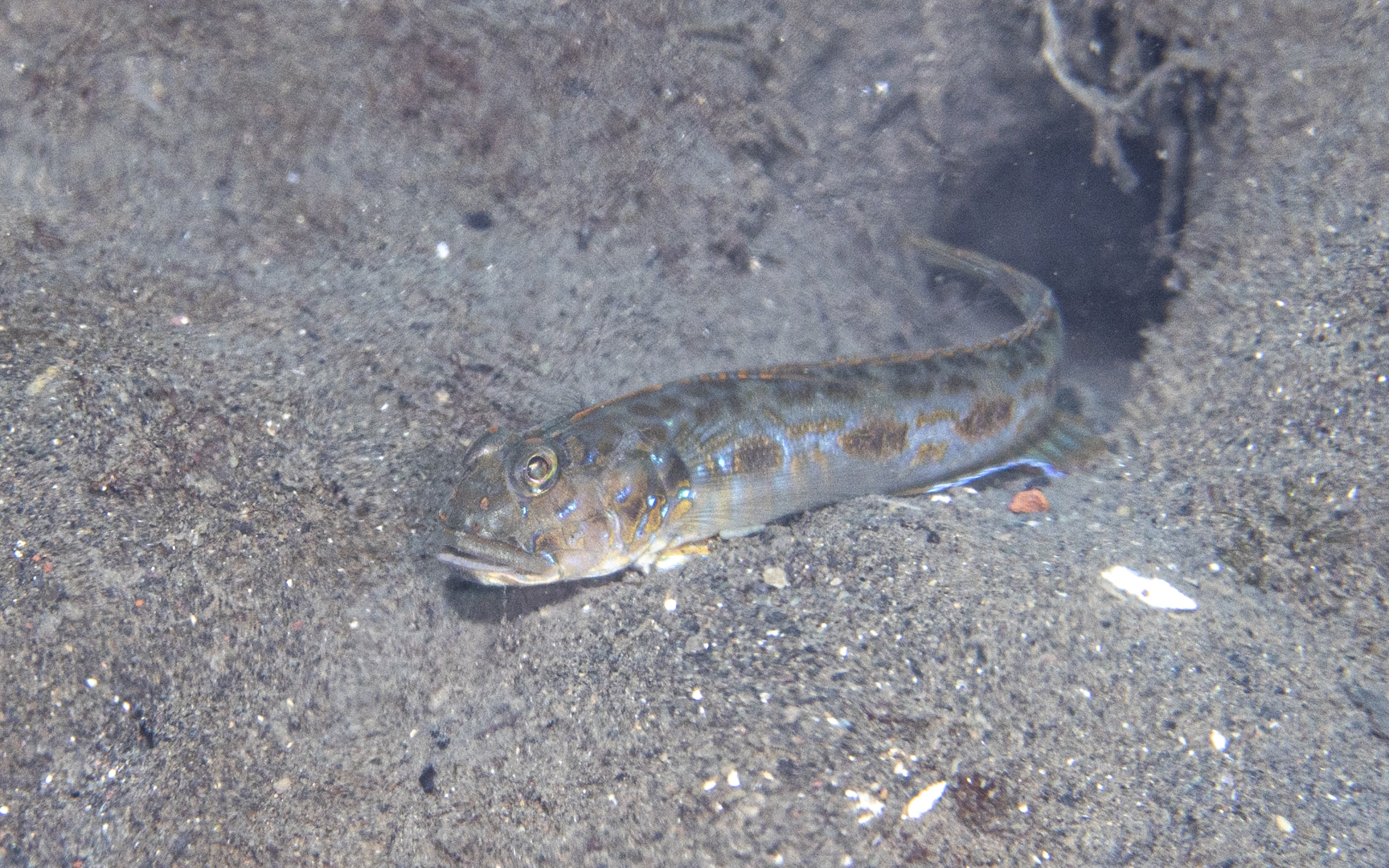
Oxyurichthys notonema – ナガセハゼ
Scientific Name: Oxyurichthys notonemaEnglish Name: Threadfin mudgobyObserved in: BaliObserved Water Depth: Observed Timing: Dec-23
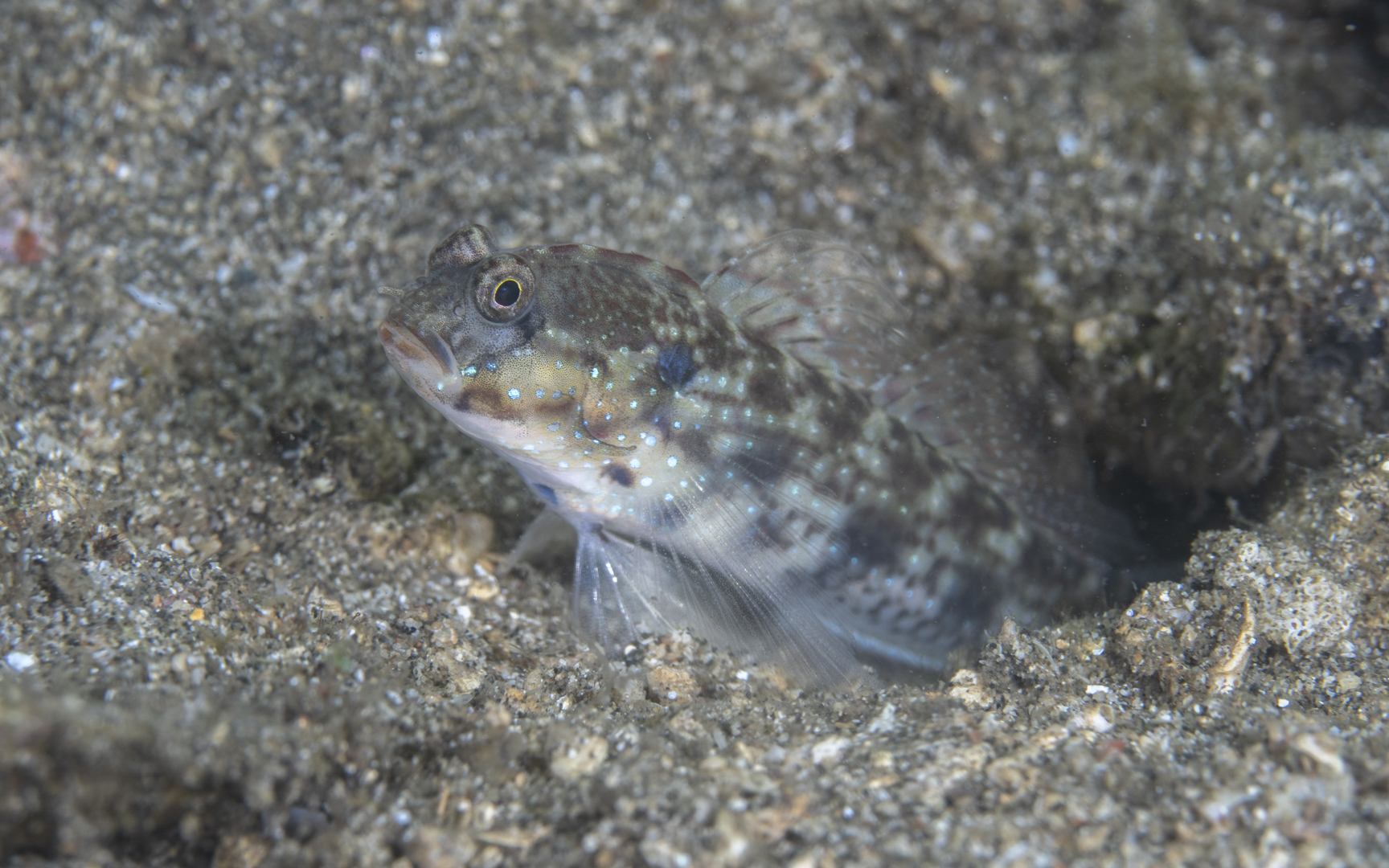
Gladiogobius ensifer – カタホシトゲナガハゼ
Scientific Name: Gladiogobius ensiferEnglish Name: Gladiator gobyObserved in: BaliObserved Water Depth: Observed Timing: Jan-24
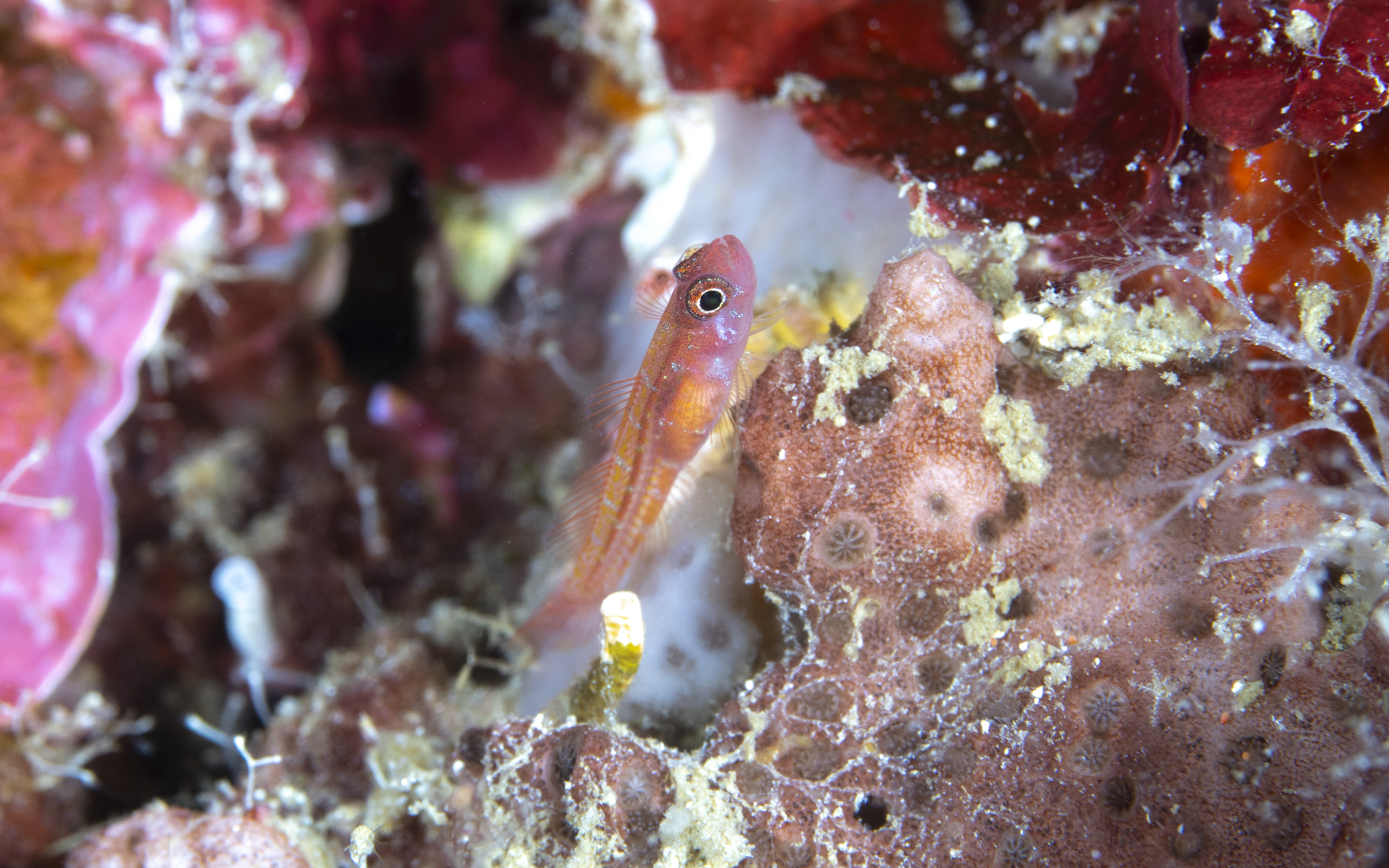
Trimmatom sagma – サドルドドワーフゴビー
Scientific Name: Trimmatom sagmaEnglish Name: Saddled dwarfgobyObserved in: CebuObserved Water Depth: Observed Timing: Dec-23
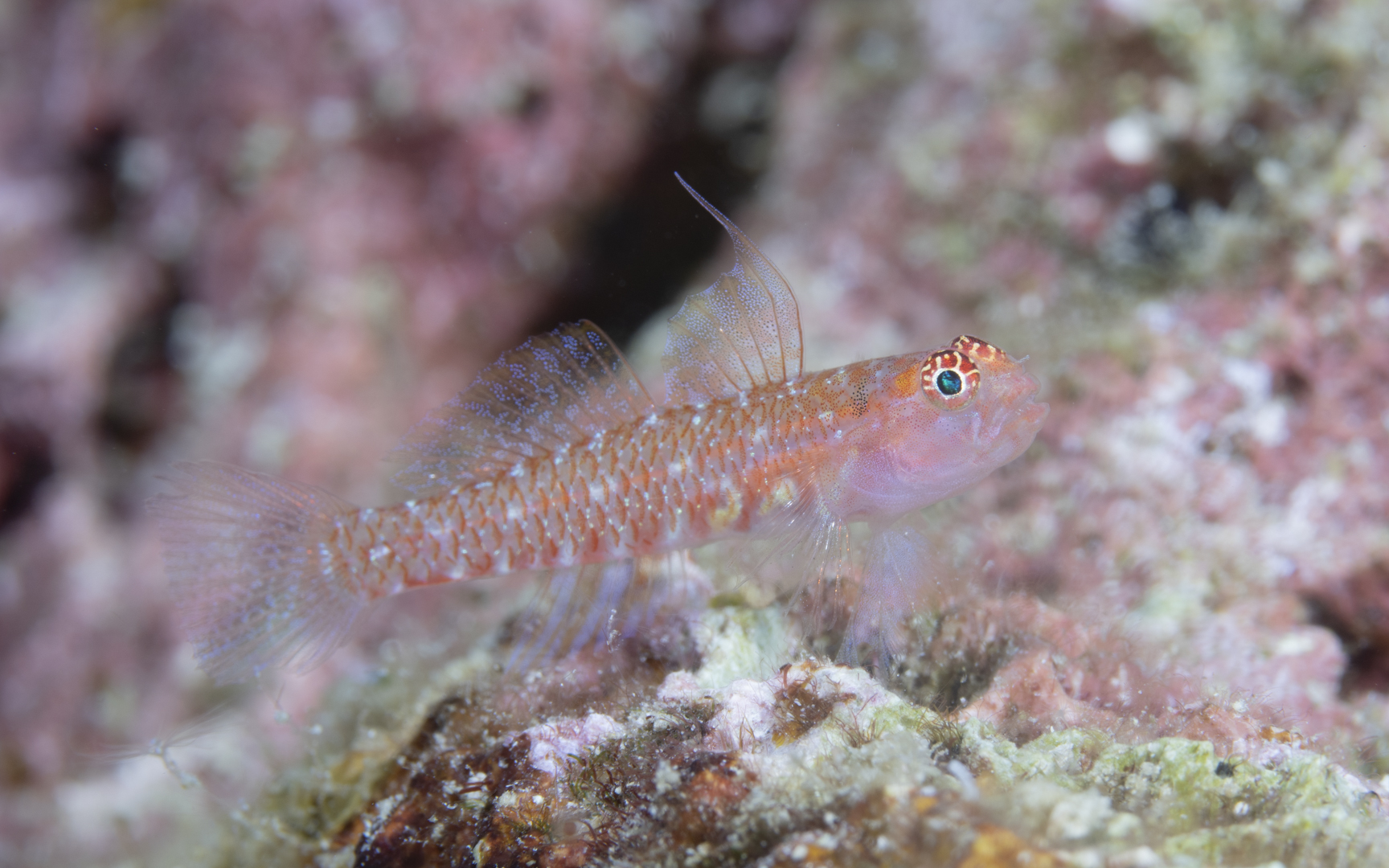
Eviota fallax – オオゴチョウイソハゼ
Scientific Name: Eviota fallaxEnglish Name: Twin DwarfgobyObserved in: Bali, KomodoObserved Water Depth: Observed Timing: Jul-23, Dec-23 当種ではなく、亜種か近似種かもしれない。
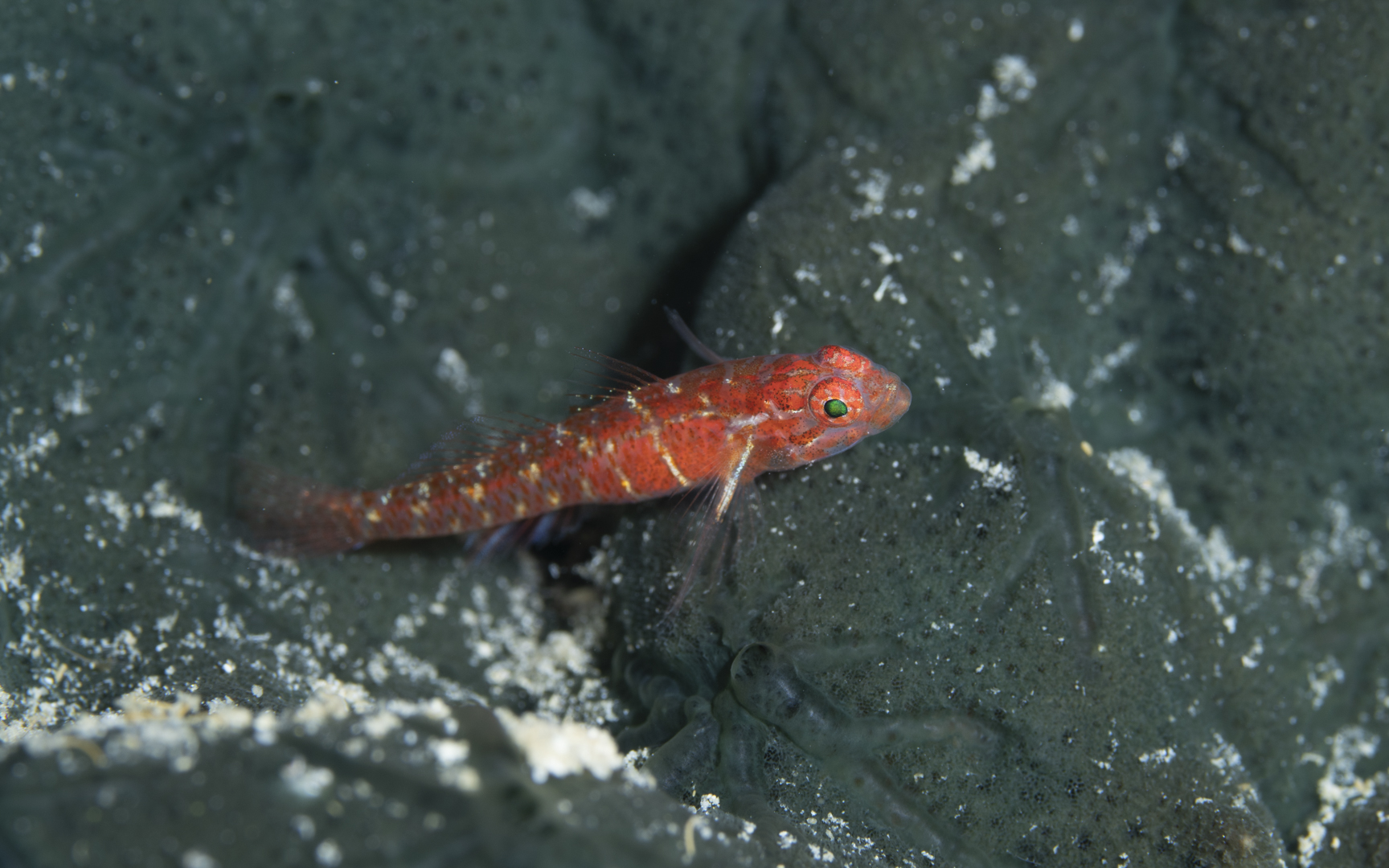
Eviota sp. – スクウェアベリードワーフゴビー
Scientific Name: Eviota sp.English Name: Square-bellied Dwarf gobyObserved in: CebuObserved Water Depth: Observed Timing: 現地ではSquare-berried Dwarfgobyと呼ばれているけれども、確証はなし。学名不明。アワセイソハゼの可能性もあり?
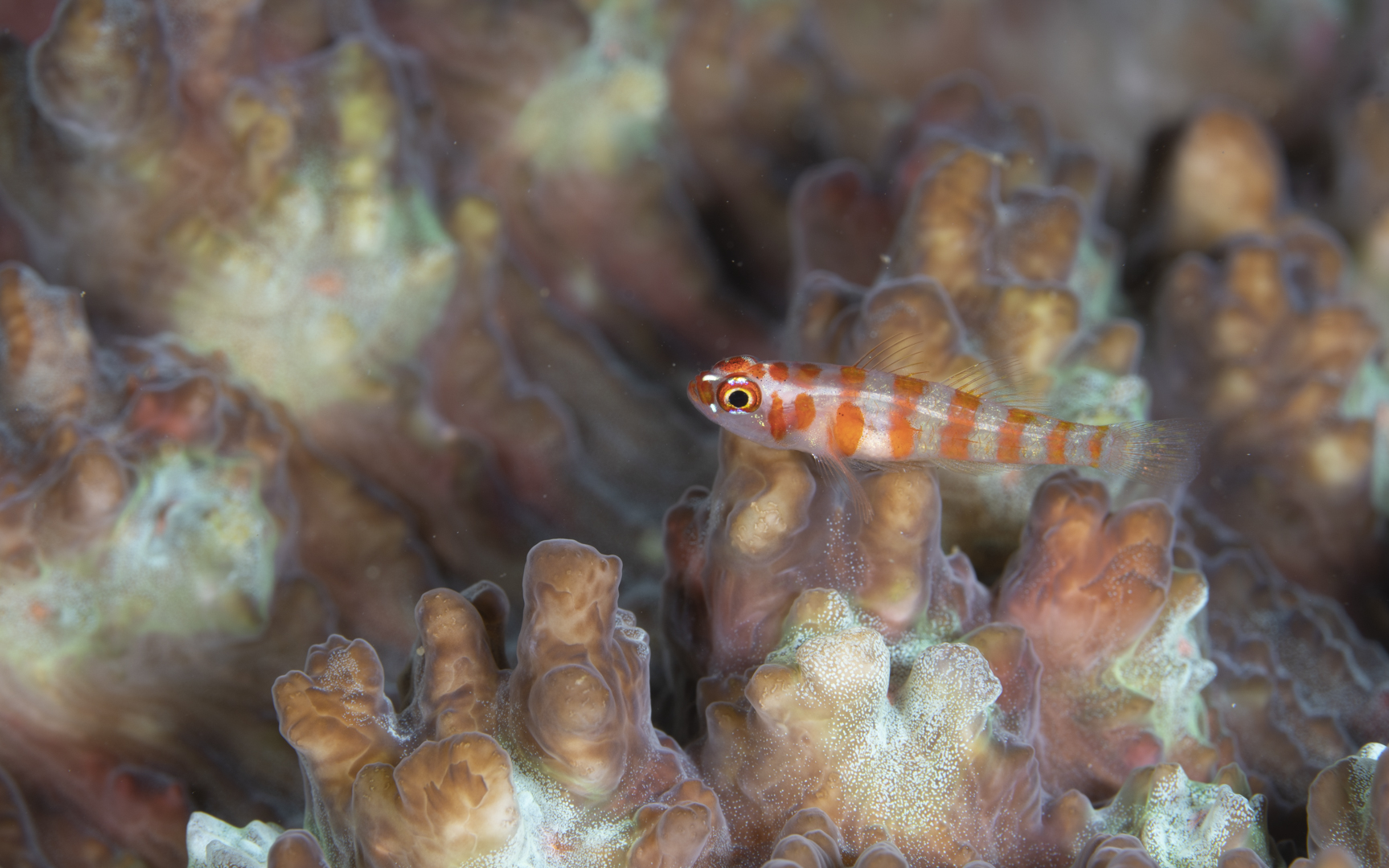
Trimma cana – キャンディーケーンドワーフゴビー
Scientific Name: Trimma canaEnglish Name: Candycane PigmygobyObserved in: Bali, AnilaoObserved Water Depth: Observed Timing: Dec-22, Dec-23
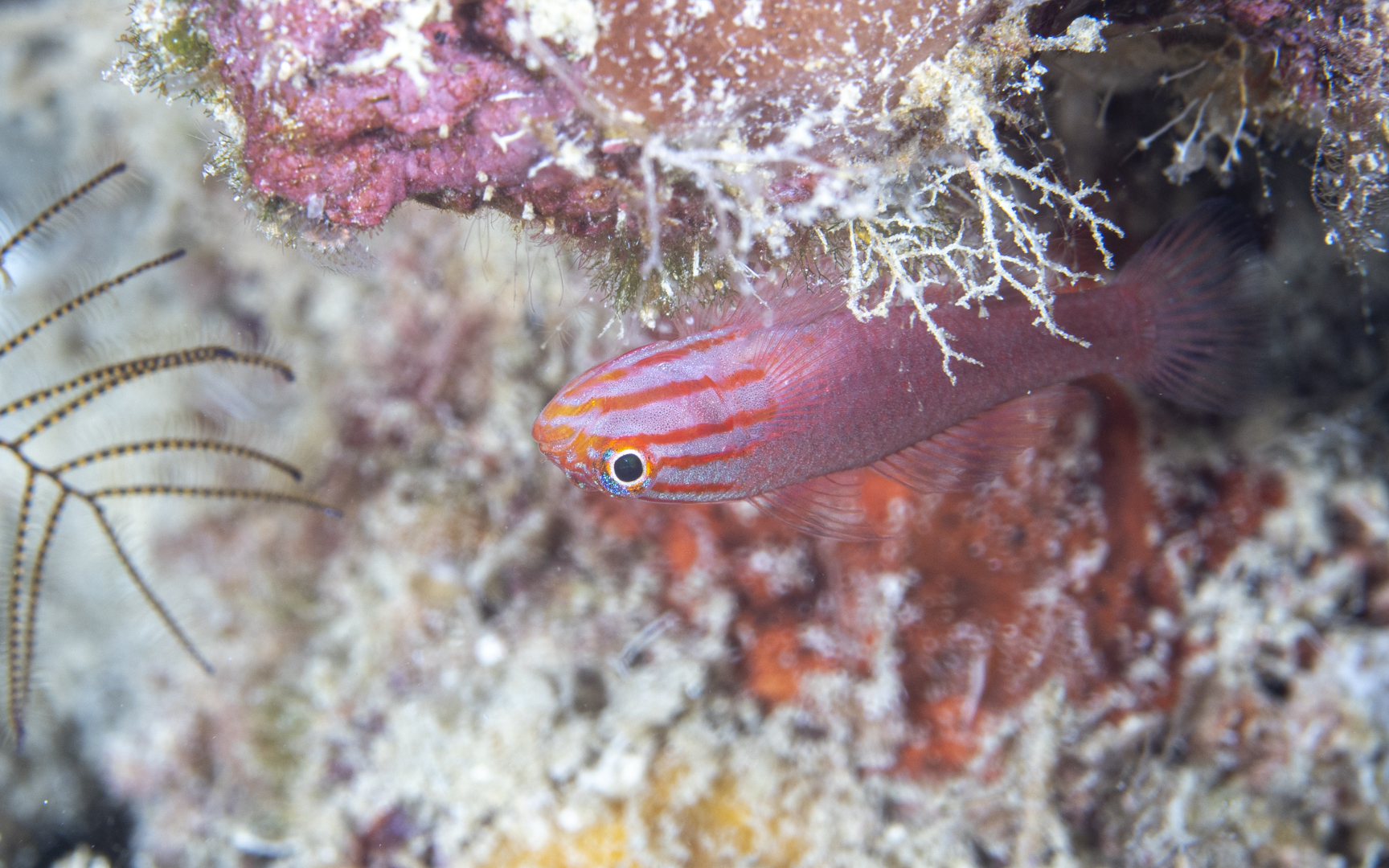
Trimma striatum – ストライプヘッドピグミーゴビー
Scientific Name: Trimma striatumEnglish Name: Red-lined pygmygobyObserved in: Bali, AnilaoObserved Water Depth: Observed Timing: カタカナ名称と英名とが異なるのは勘弁してほしいです。
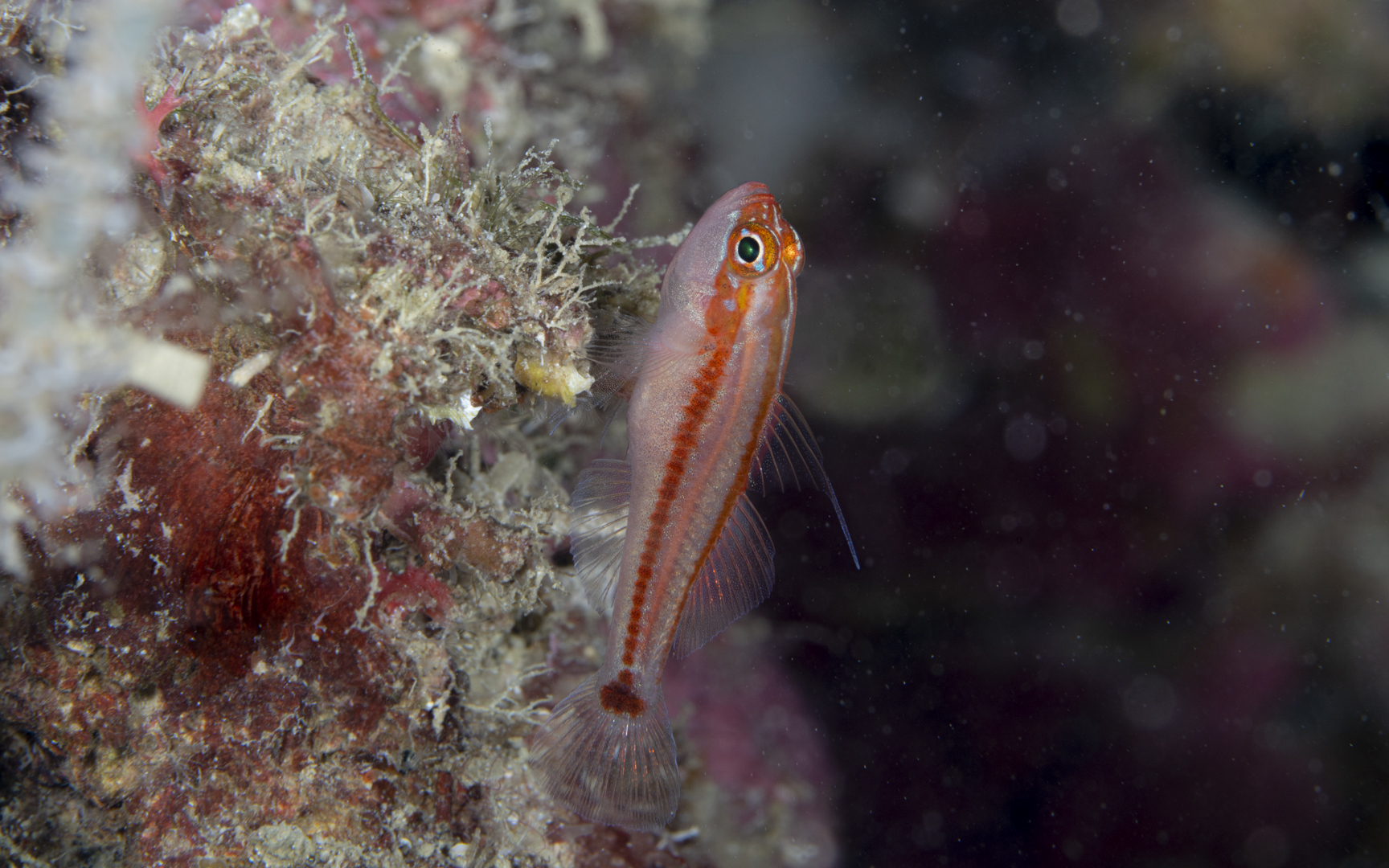
Trimma sp. – ブラックベリーピグミーゴビー
Scientific Name: Trimma sp.English Name: Black-berry PigmygobyObserved in: BaliObserved Water Depth: Observed Timing: Dec-22 学名を当たるもわからない。種名も通称なのかもしれない。
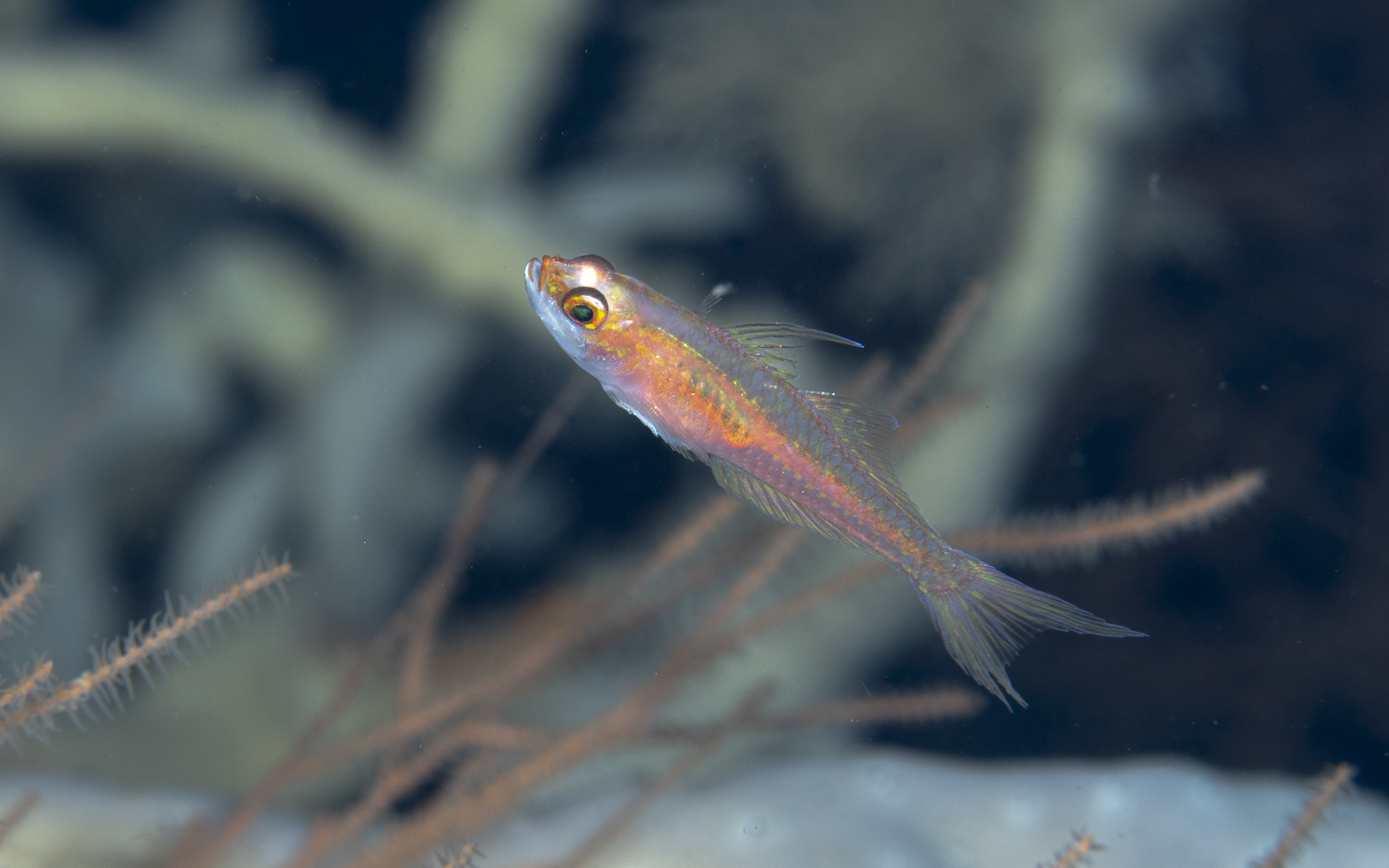
Trimma hoesei – フォークテイルドワーフゴビー
Scientific Name: Trimma hoeseiEnglish Name: Forktail DwarfgobyObserved in: BaliObserved Water Depth: Observed Timing: Apr-23
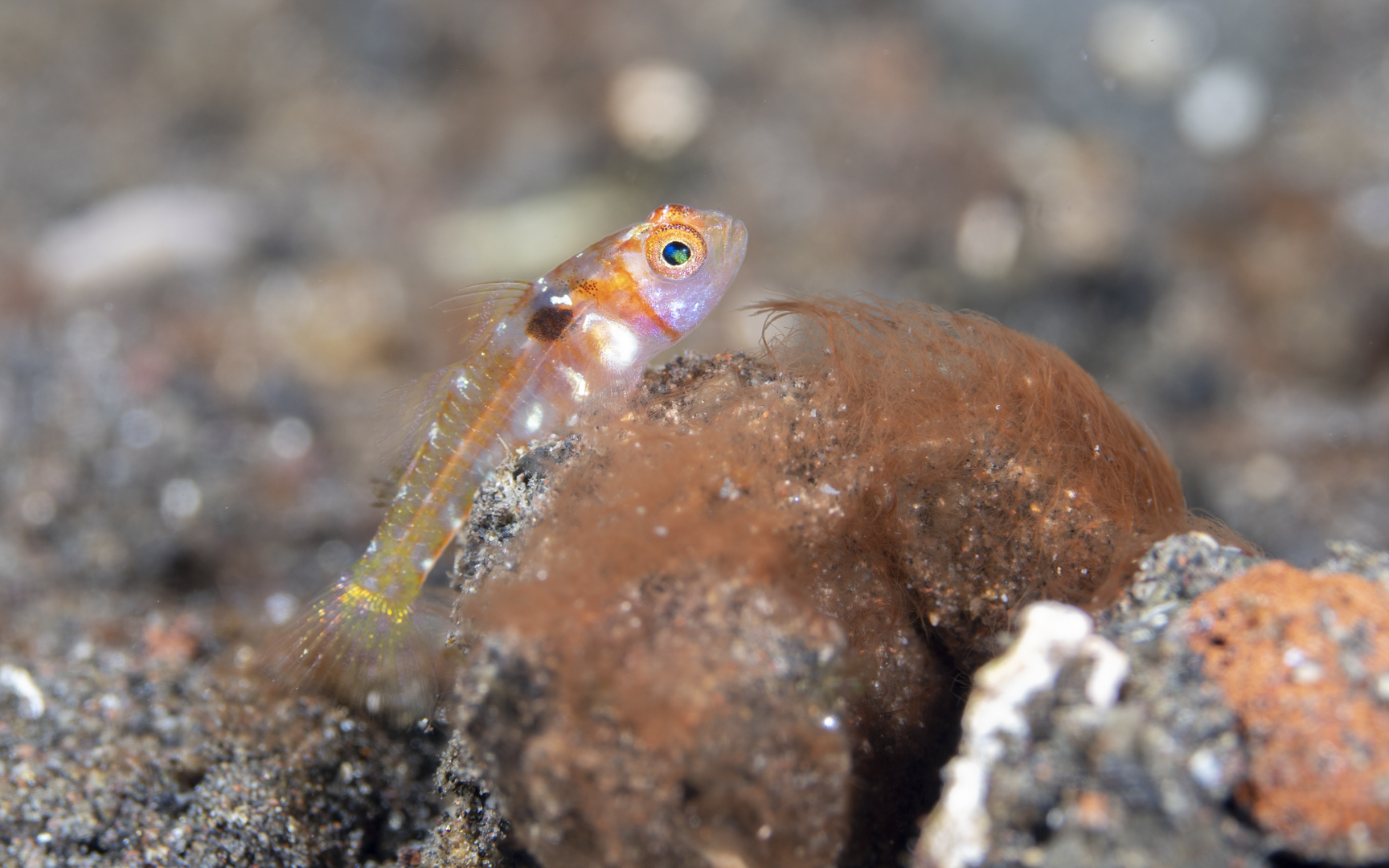
Trimma nomurai – カタボシニシキベニハゼ
Scientific Name: Trimma nomuraiEnglish Name: Lilac pygmygobyObserved in: BaliObserved Water Depth: Observed Timing: Apr-23 ワイバーゴビーとも呼ばれる。分類もしかしたら違うかもしれない。
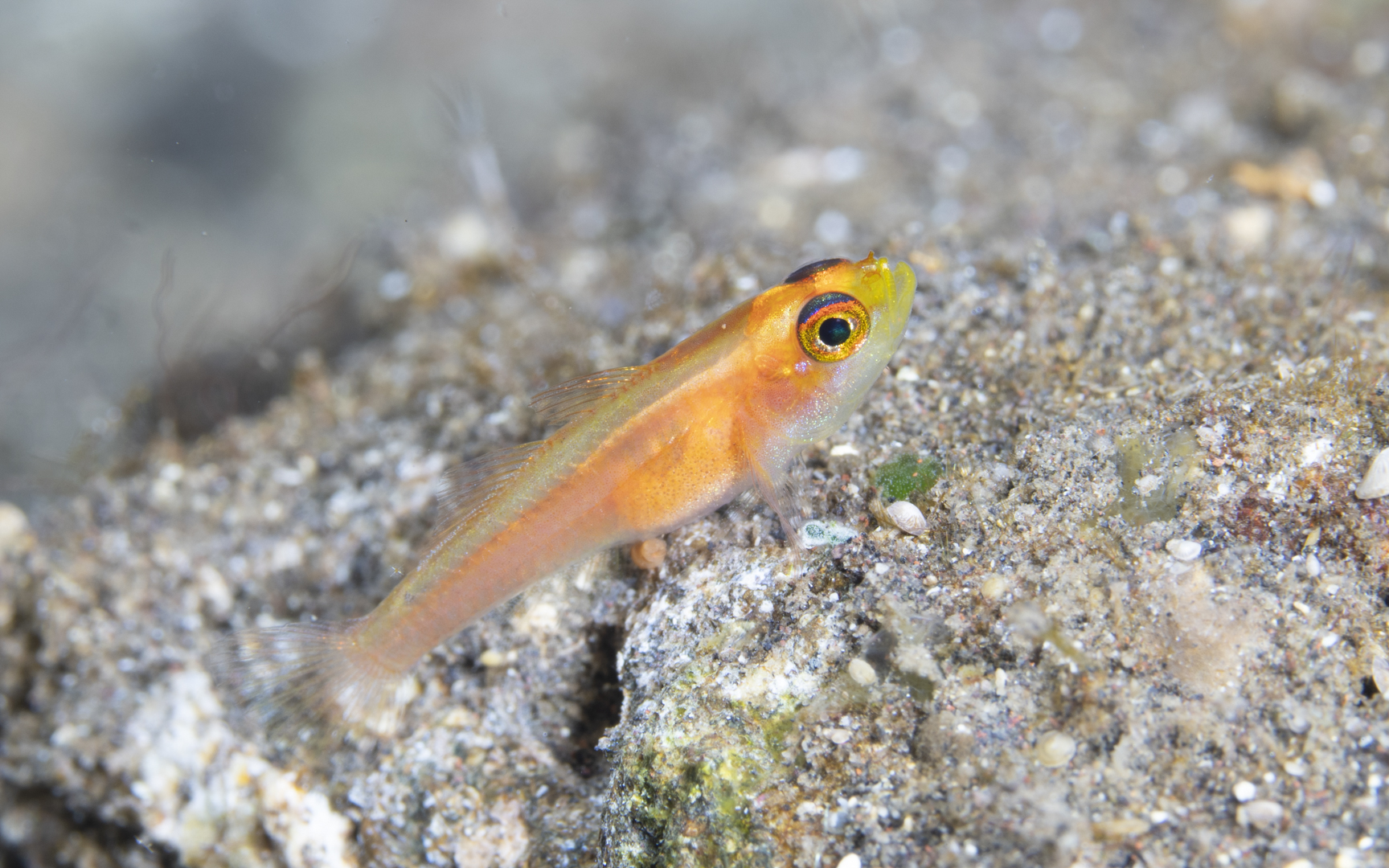
Trimma anaima – ヒメニラミベニハゼ
Scientific Name: Trimma anaimaEnglish Name: Pallid pygmygobyObserved in: Bali, KomodoObserved Water Depth: Observed Timing: Apr-23, Jul-23
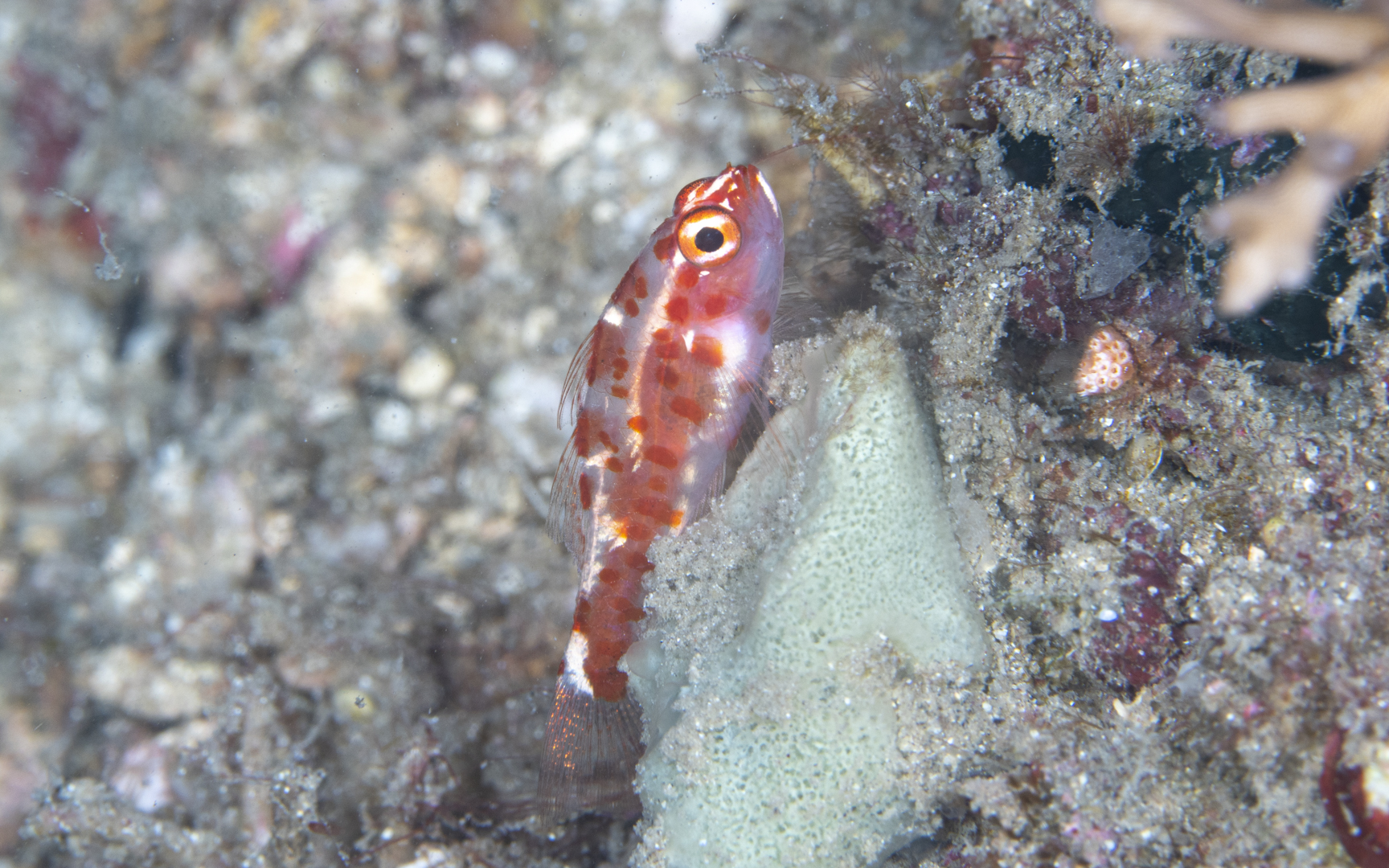
Trimma rubromaculatus
Scientific Name: Trimma rubromaculatusEnglish Name: Red Blotched Pygmygoby / Redspotted DwarfgobyObserved in: Cebu, BaliObserved Water Depth: Observed Timing: Jan-23, Jan-24
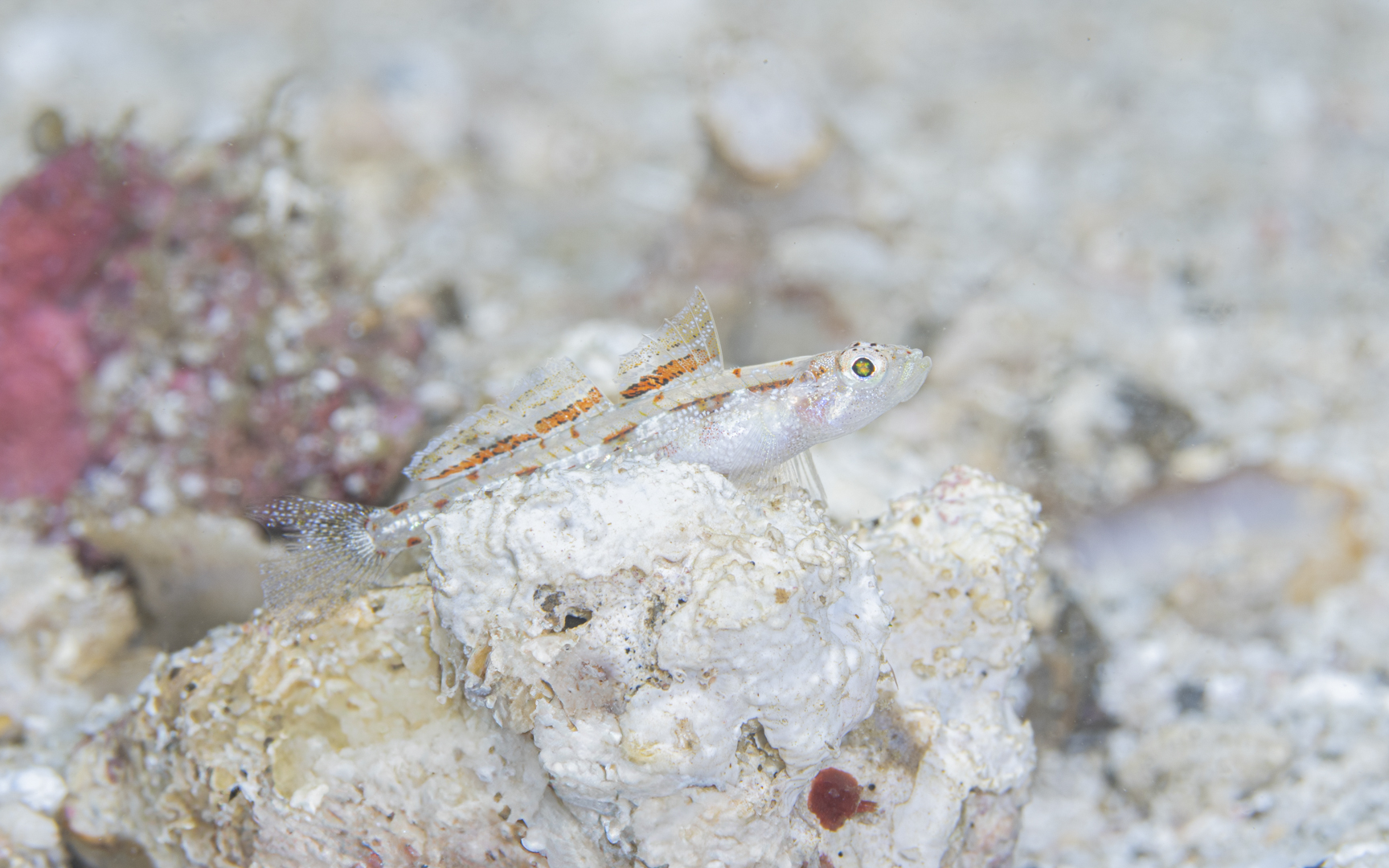
Grallenia rubrilineata
Scientific Name: Grallenia rubrilineataEnglish Name: Redstripe gobyObserved in: Bali, AnilaoObserved Water Depth: Observed Timing: Dec-22, Dec-23
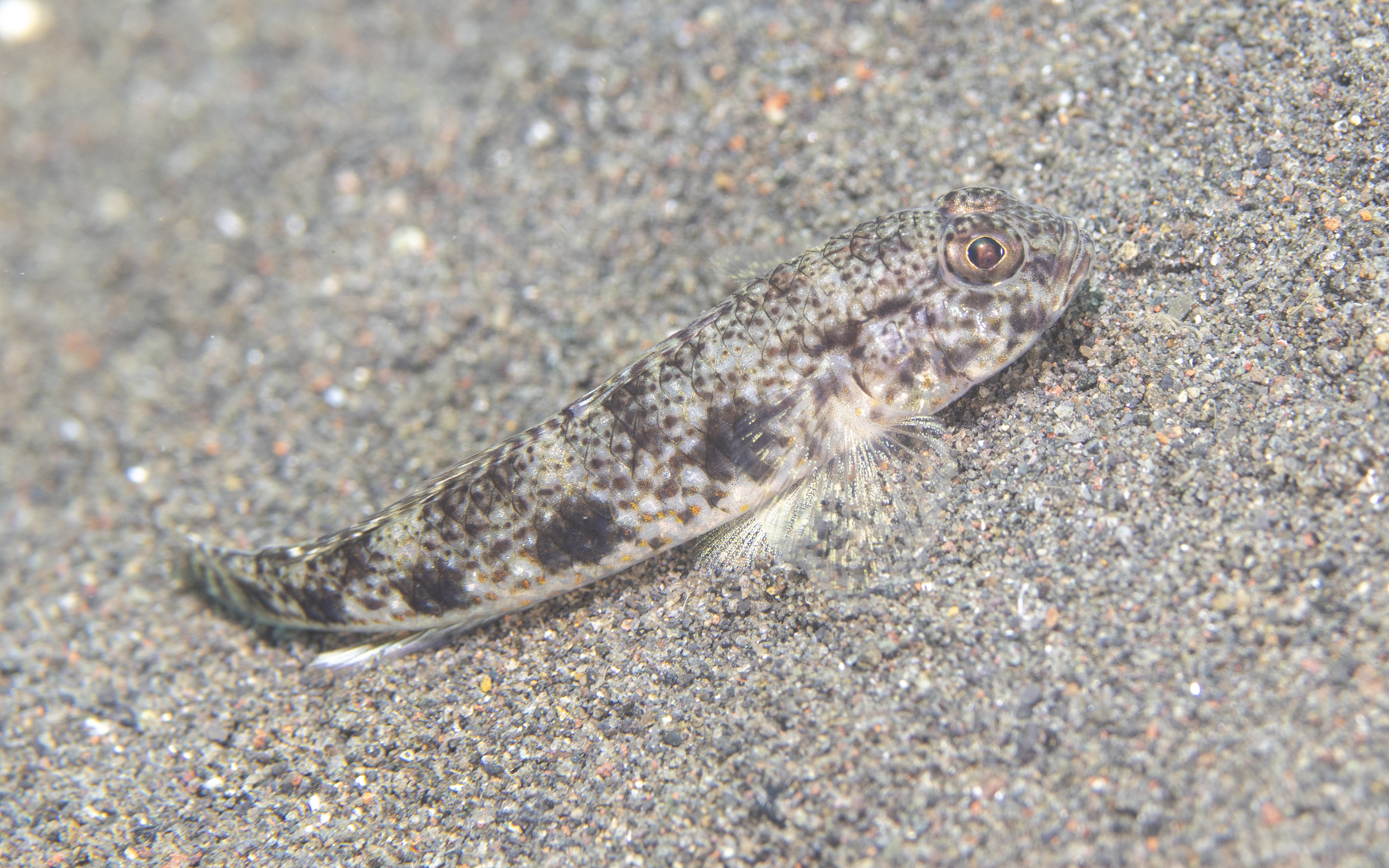
Hazeus profusus – モンロユカタハゼ
Scientific Name: Hazeus profususEnglish Name: –Observed in: BaliObserved Water Depth: Observed Timing: Dec-23 和名のモンロは、漢字で書くと紋絽であり、浴衣に使われる生地の一つであるようです。そして学名のHazeusは明らかに日本語のハゼからとられたのでしょう。興味深いです。同定の参考にしたサイト。
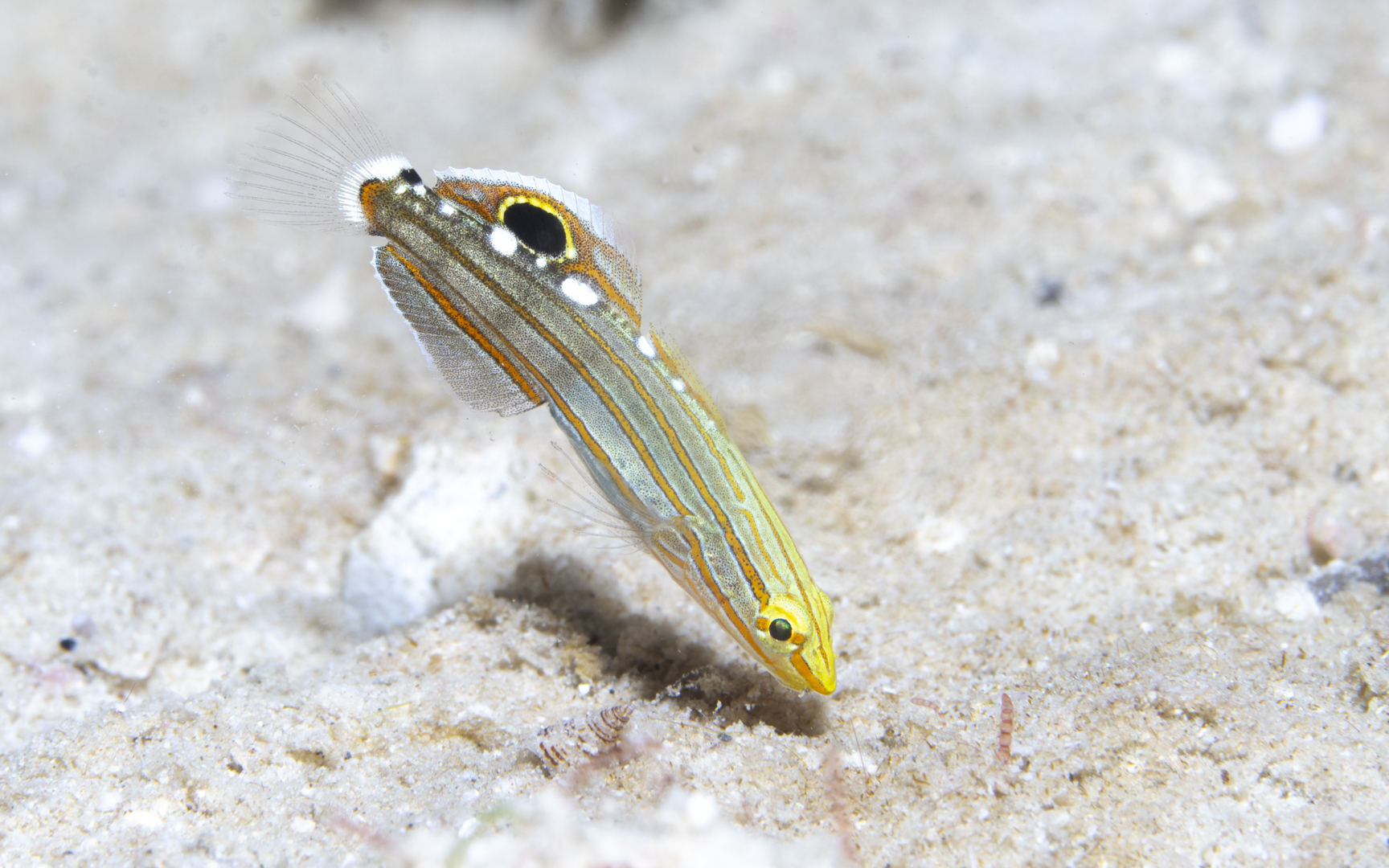
Koumansetta rainfordi
Scientific Name: Koumansetta rainfordiEnglish Name: Old gloryObserved in: BaliObserved Water Depth: Observed Timing: Apr-23 インドネシア一帯で見られるキンセンハゼ属。
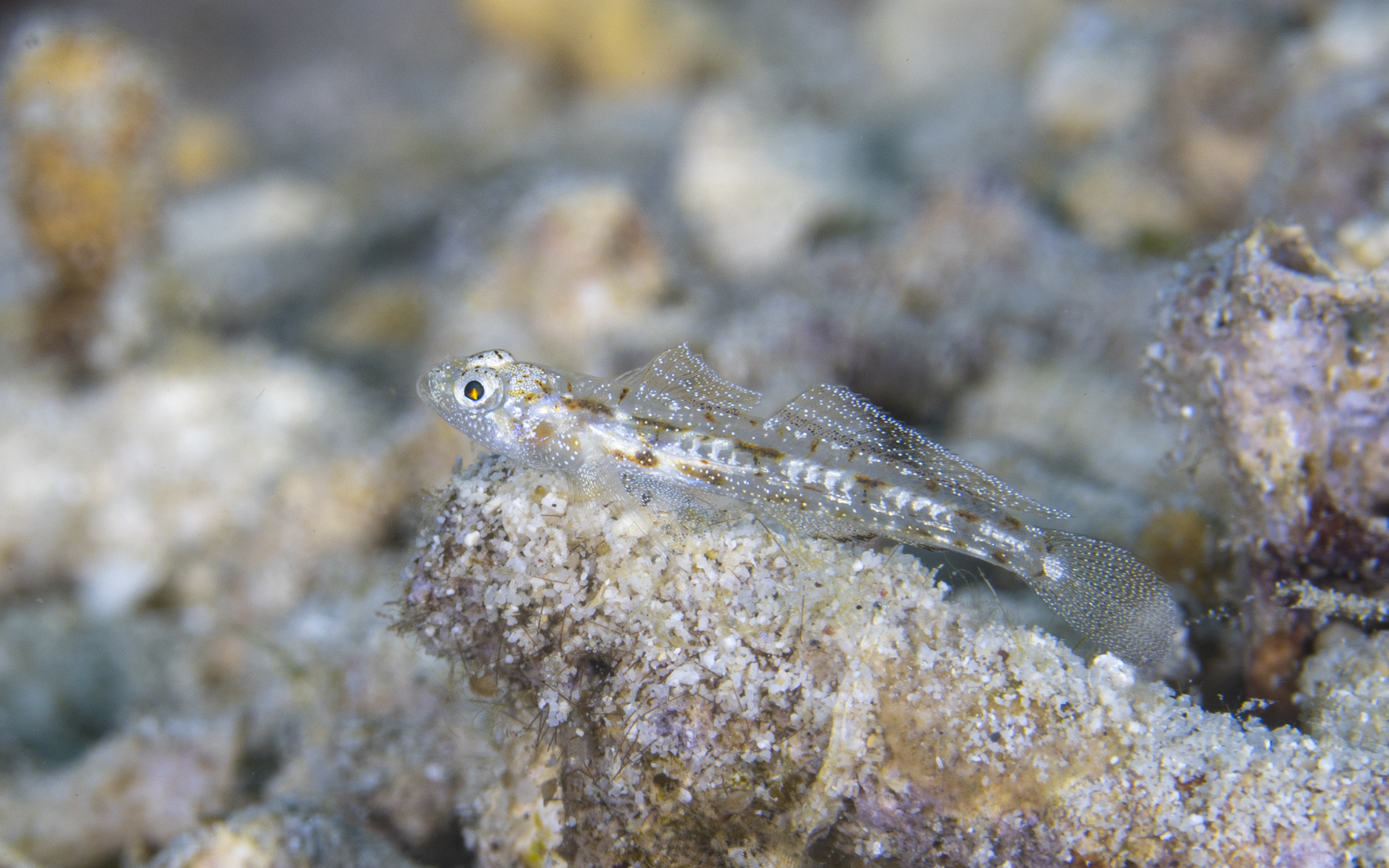
Grallenia dimorpha
Scientific Name: Grallenia dimorphaEnglish Name: Dimorpha GobyObserved in: BaliObserved Water Depth: Observed Timing: Dec-23 似た種にGrallenia lipiもいる。サザレハゼ属は比較的最近になって分類が進んだグループ。参考となるサイト。
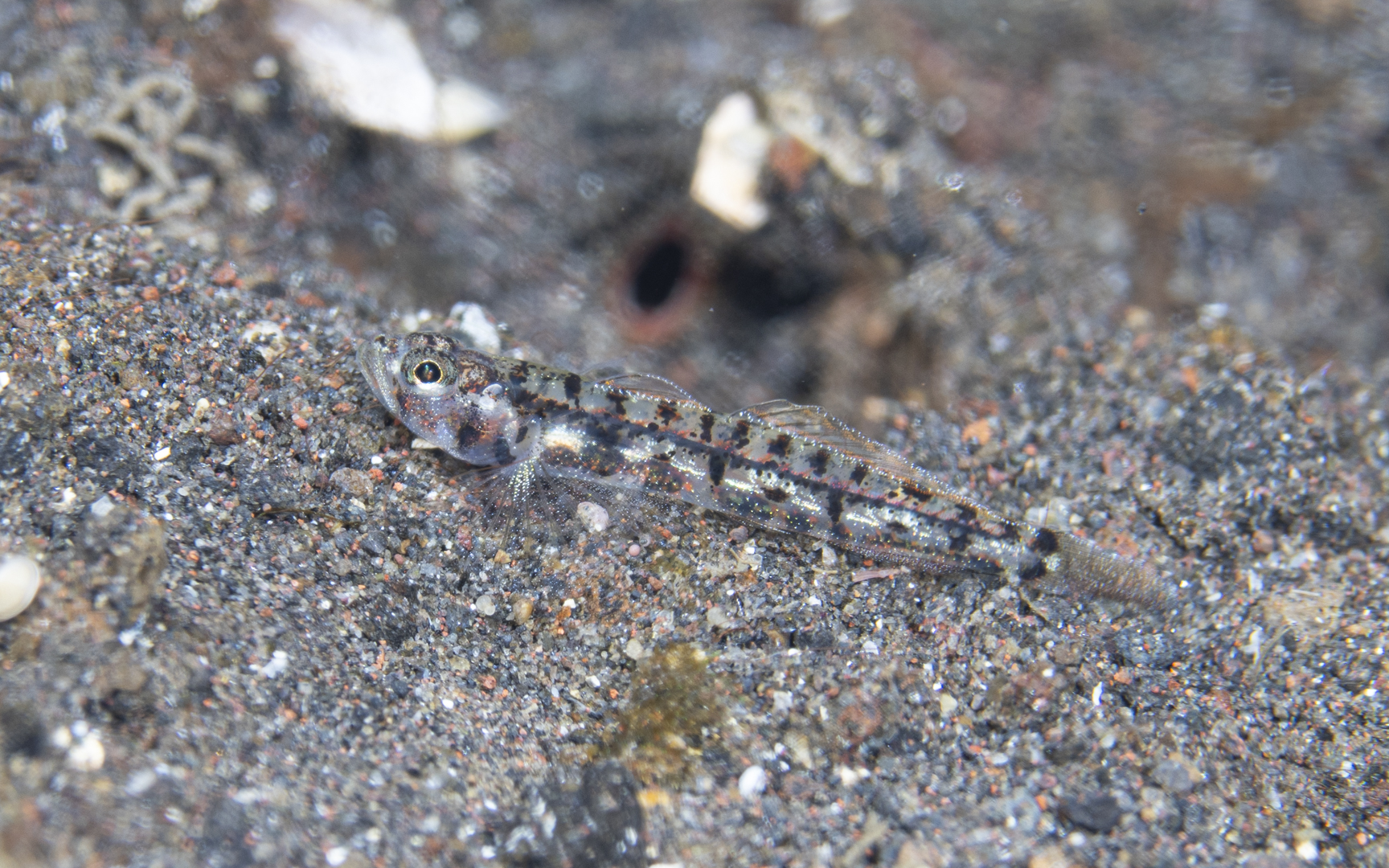
Grallenia baliensis – バリゴビー
Scientific Name: Grallenia baliensisEnglish Name: Bali gobyObserved in: BaliObserved Water Depth: Observed Timing: Apr-23 比較的最近の2012年に新種記載された、バリのハゼ。サザレハゼ属GralleniaはG.R. Allenに因んだ命名。
